Revived for the second time in 2014, this time around as Mercedes-Maybach, Stuttgart's super premium firm is on a roll, now offering no fewer than five different models. There are the S500 and S600 sedans, the longer S600 Pullman, the G650 Landaulet SUV, and the S650 Cabriolet. Maybach is also doing well as far as concept cars go, with the stunning Vision 6 getting everyone excited about a big luxury coupe we might see in showrooms in a few years. Now, Mercedes-Maybach turned the Vision 6 into a convertible, signaling that this concept is moving closer to becoming a production model.
Unveiled at the 2017 Monterey Car Week, the Vision 6 Cabriolet was previewed by a coupe of teasers that made everyone think of something entirely different. While most speculated that Mercedes is launching a brand-new concept, it turned out that Maybach simply chopped the roof off the Vision 6. But while it may sound a bit disappointing, it's proof that the Germans have big plans for the Vision 6. This could also mean that Maybach may get a standalone model that's larger and more luxurious than the S-Class Coupe. Just like in the good old days when Maybach was an independent firm and competed against the likes of Rolls-Royce, Cadillac, and Duesenberg. But, until that happens, let's see what the Vision 6 Cabriolet brings to the table.
Continue reading to learn more about the Mercedes-Maybach Vision 6 Cabriolet.
2017 Mercedes-Maybach Vision 6 Cabriolet
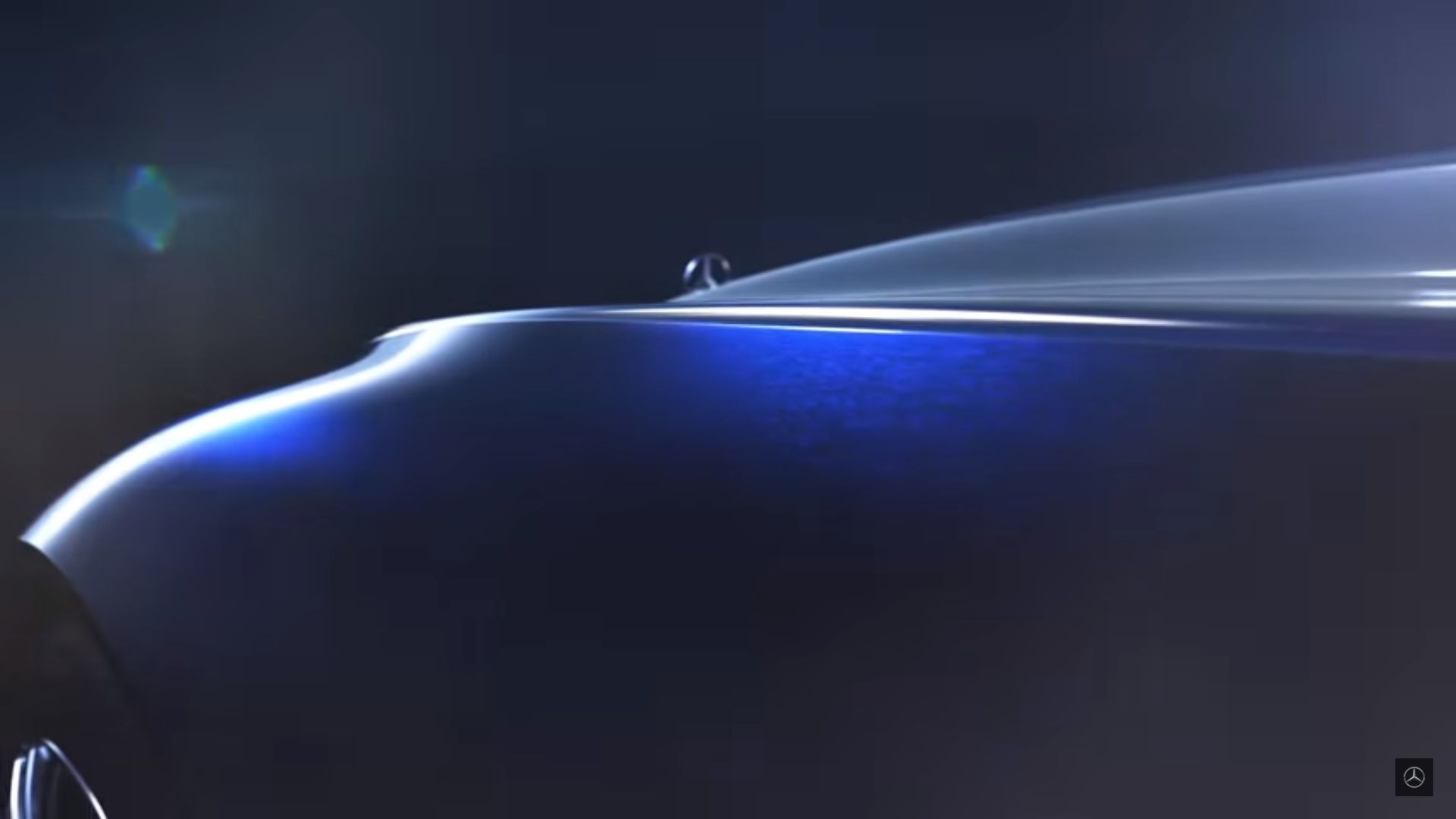

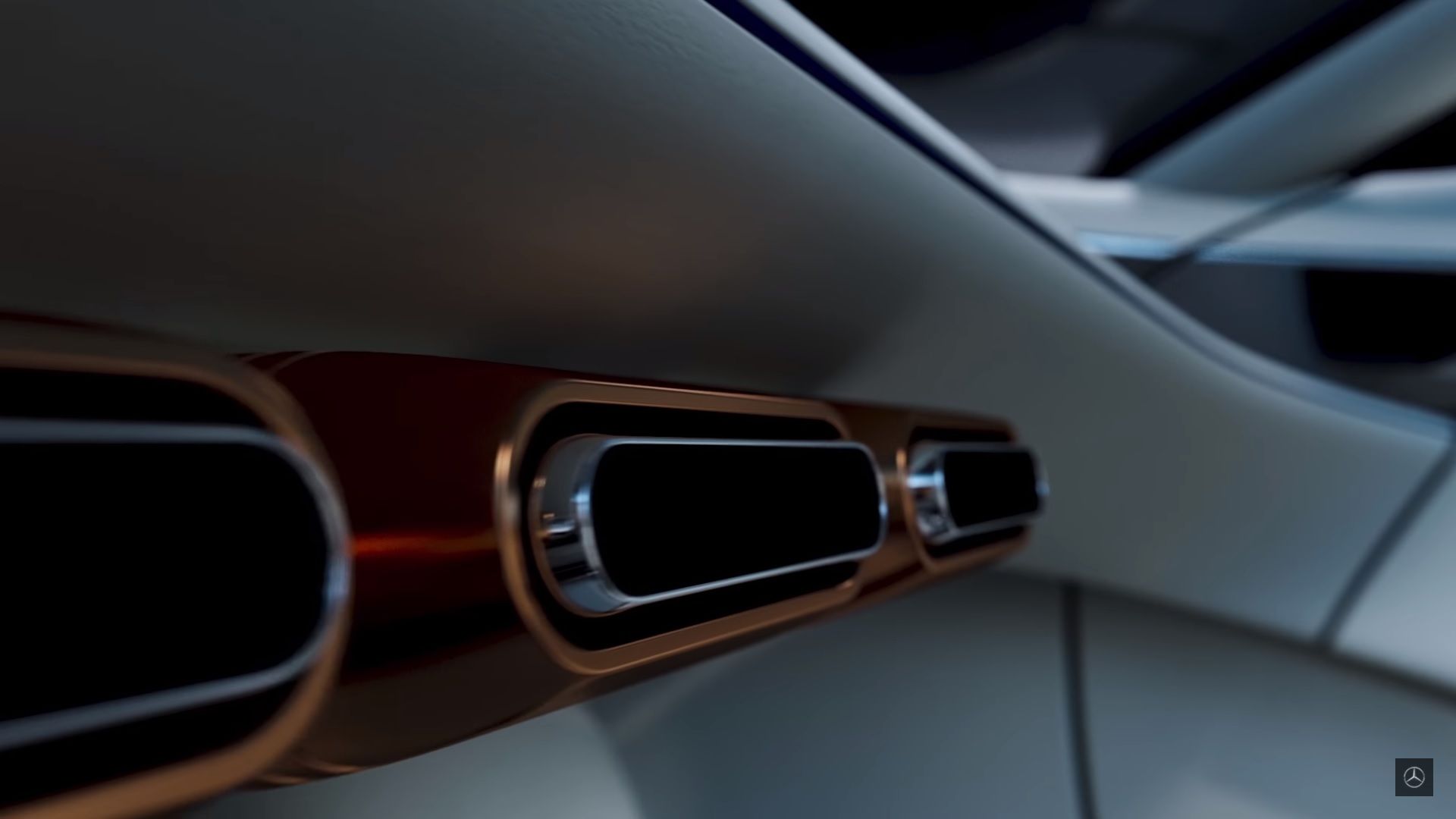
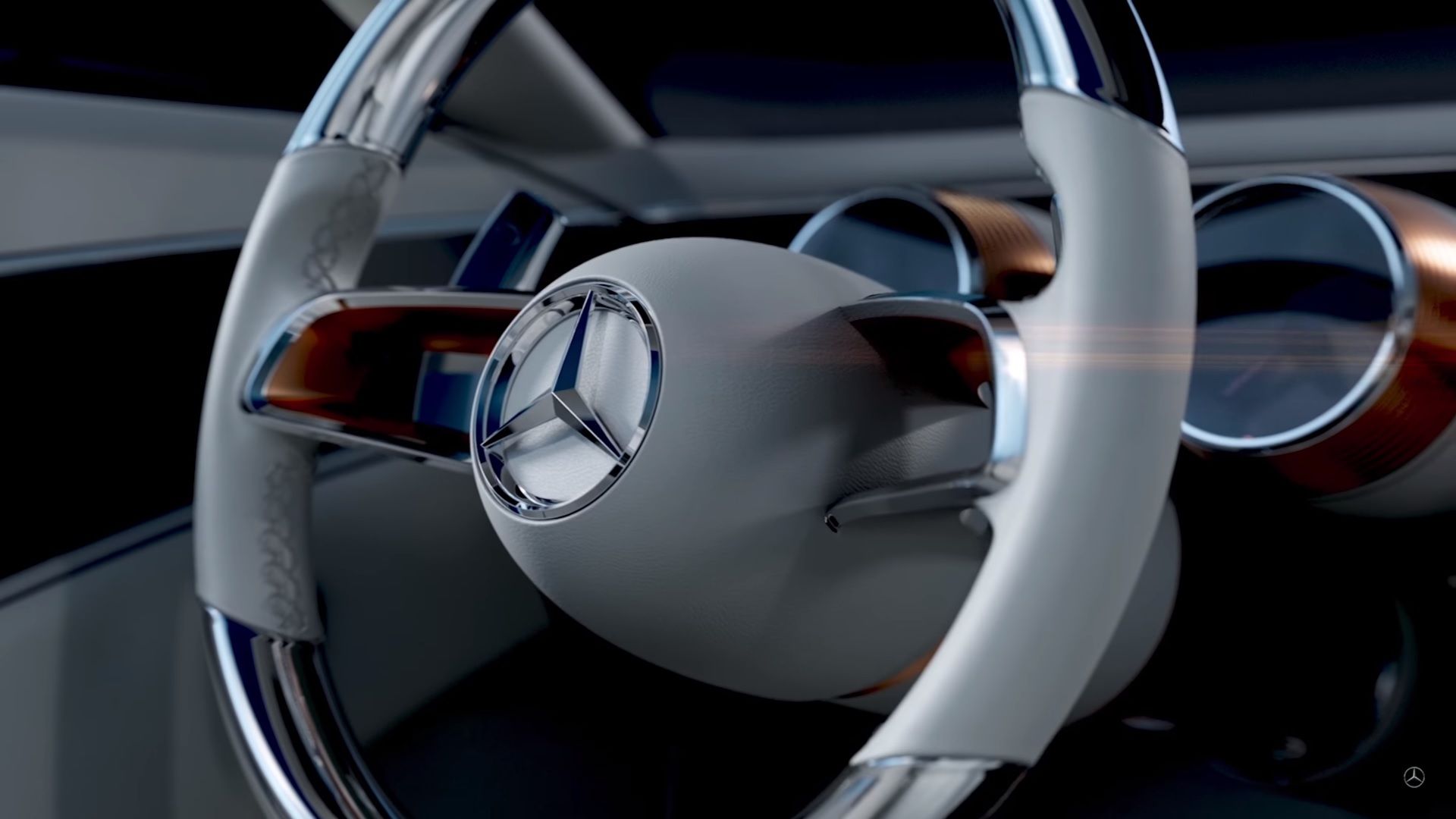
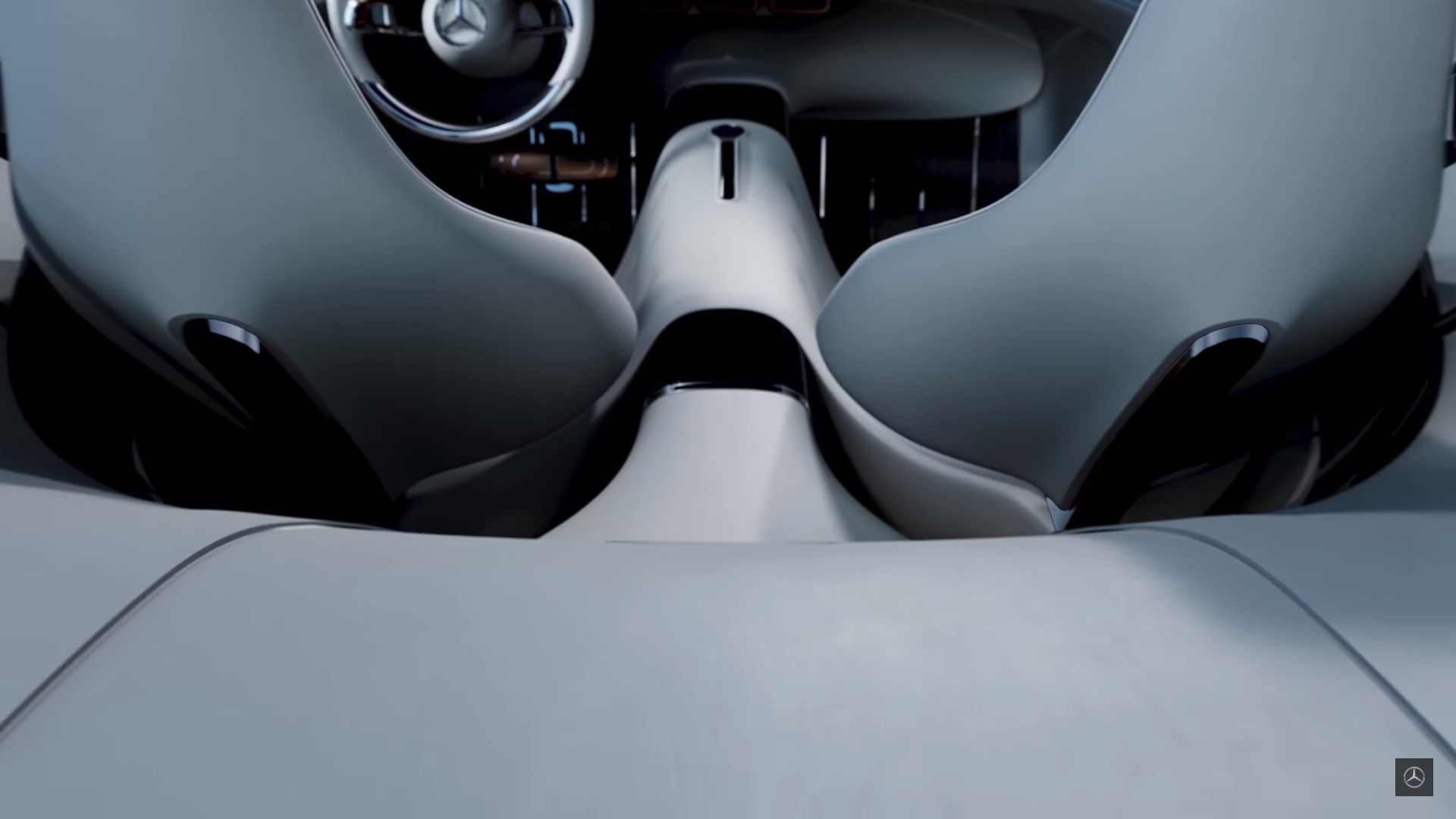
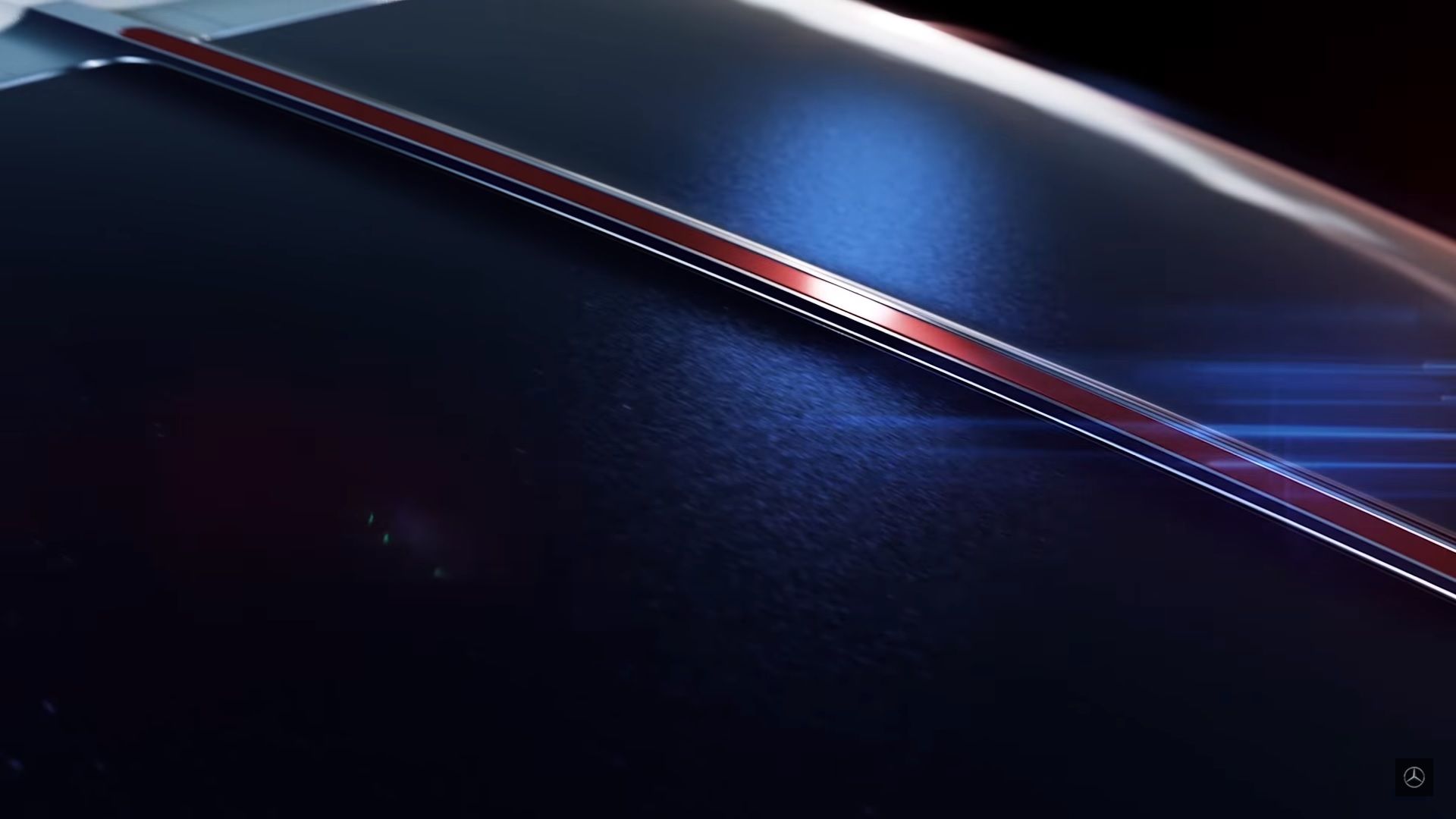
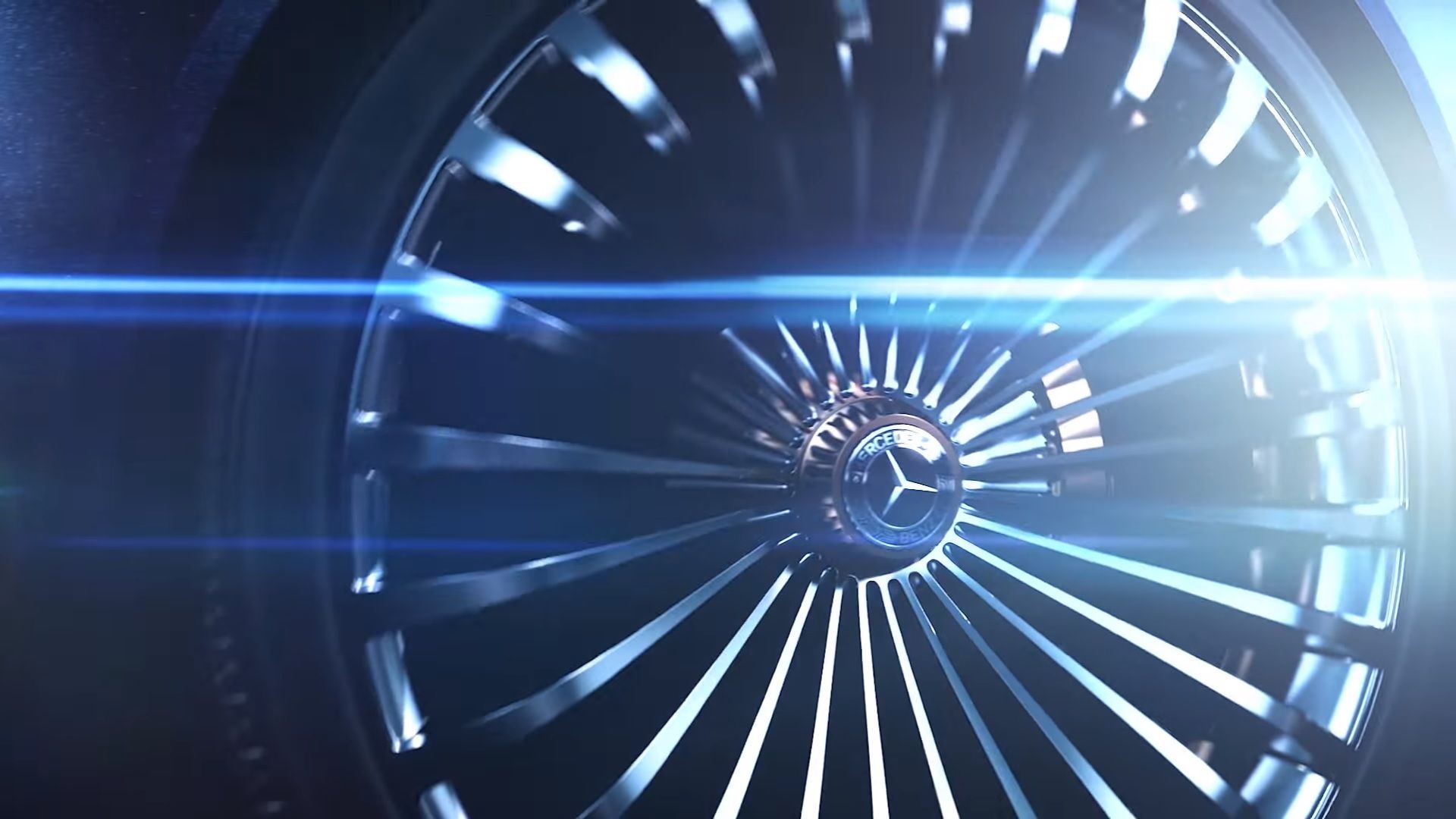
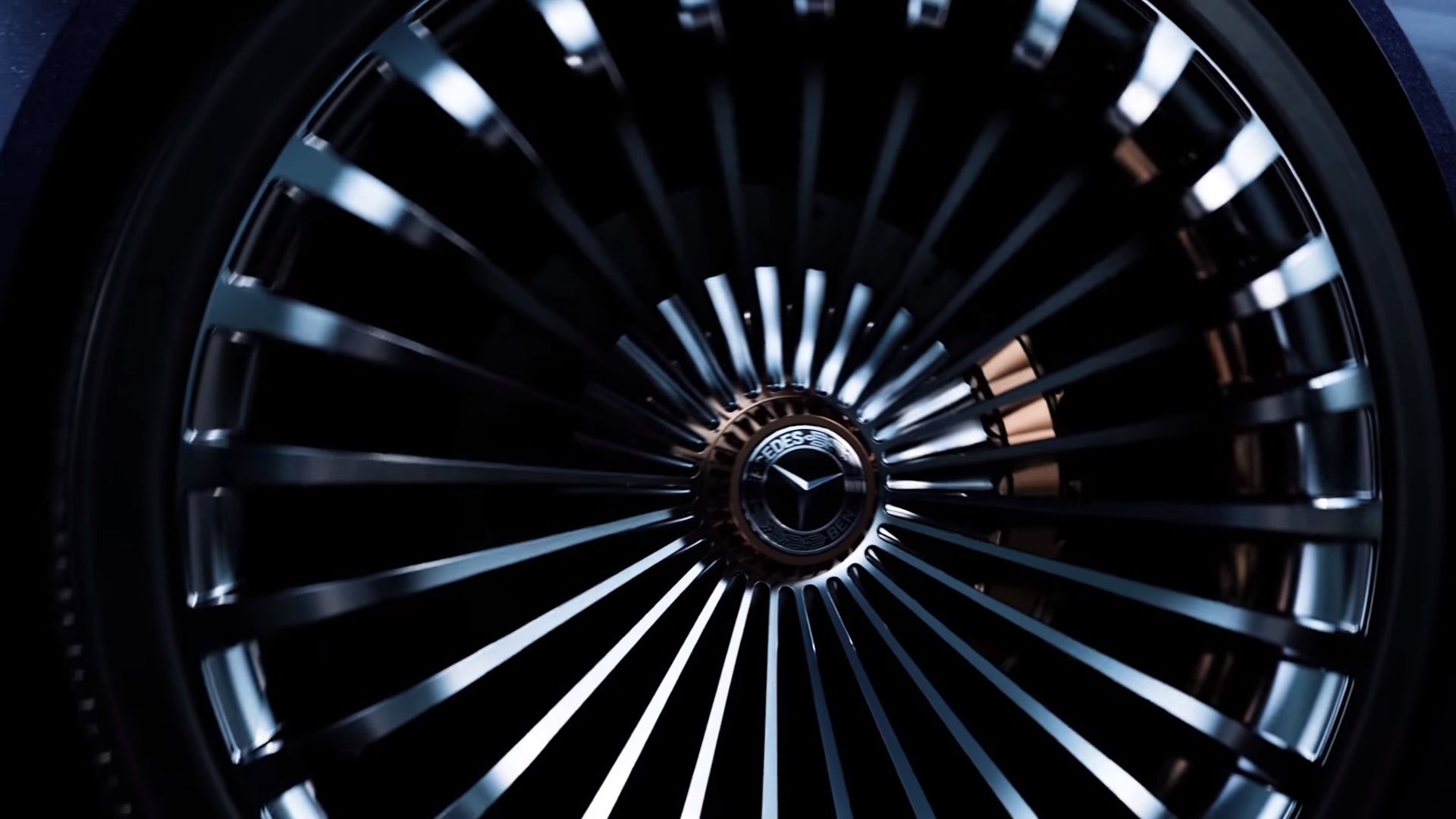
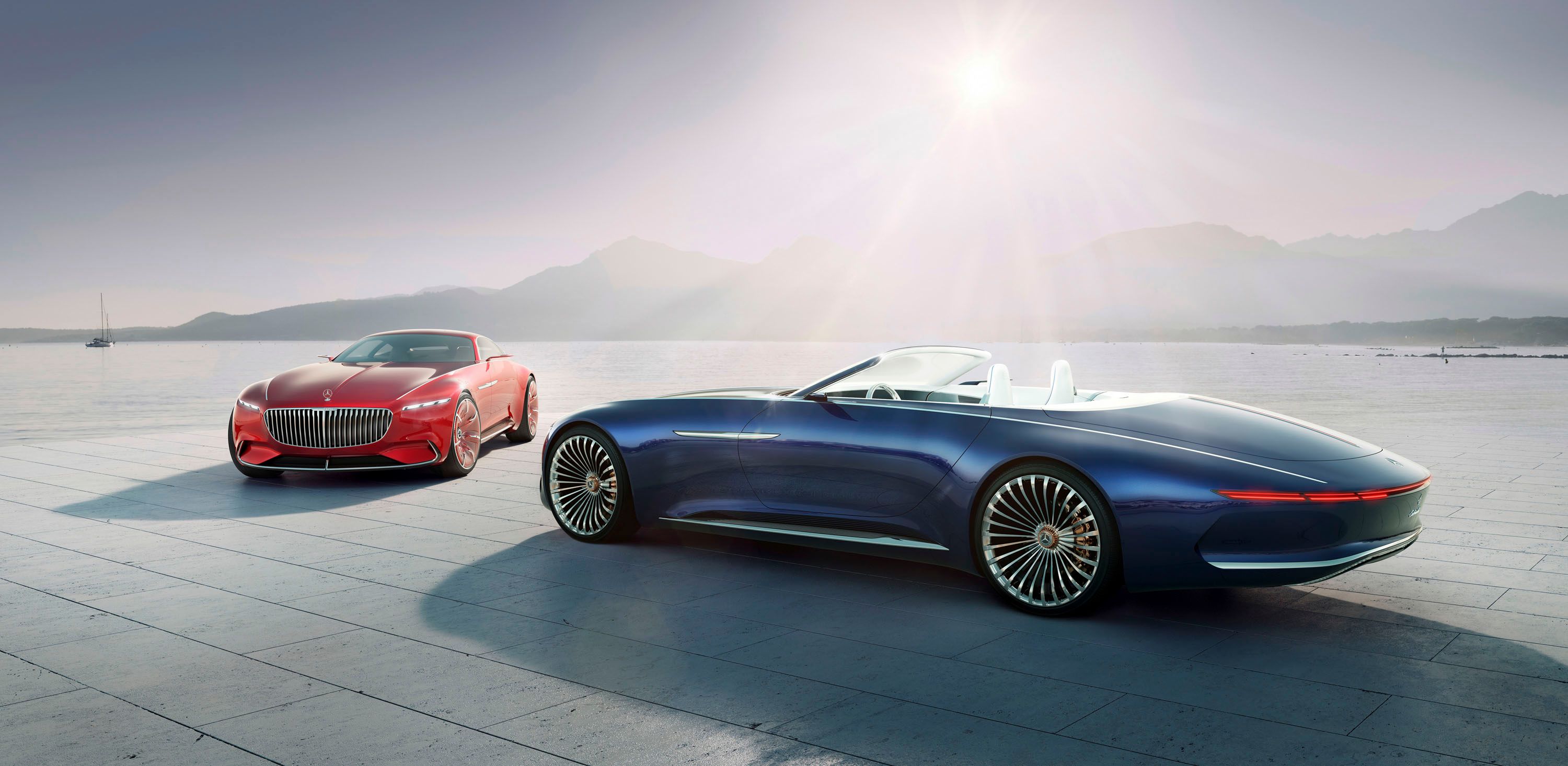
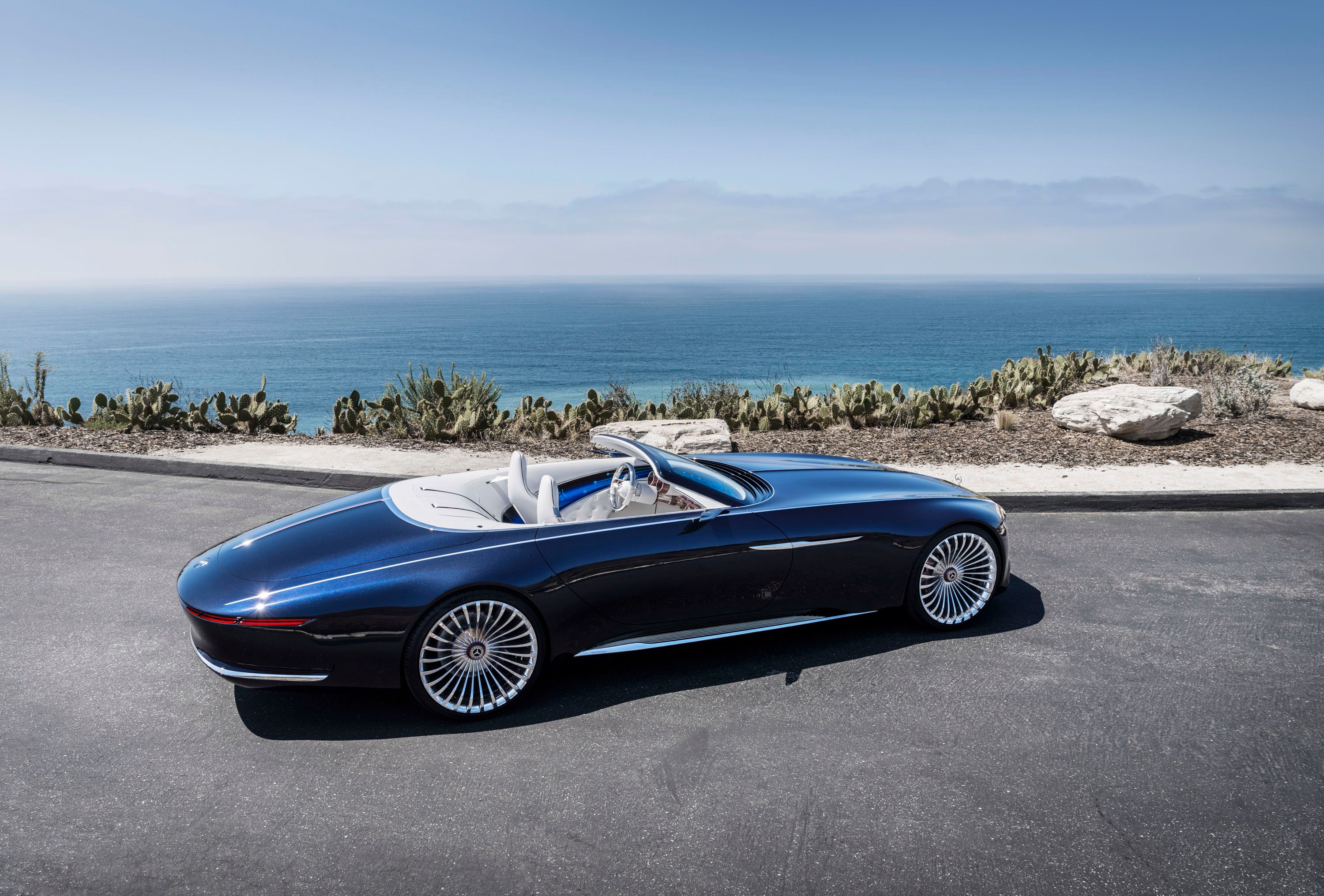
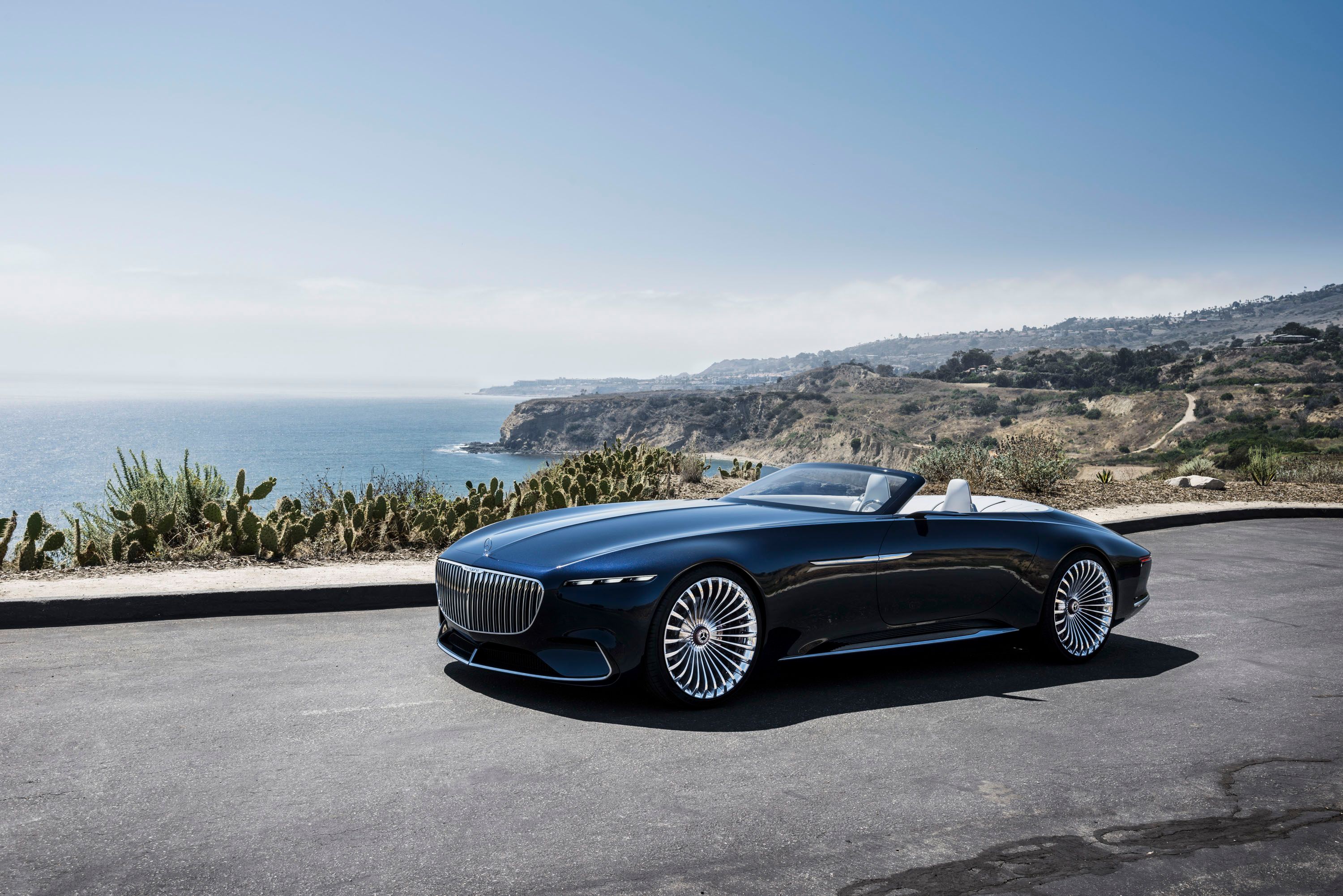
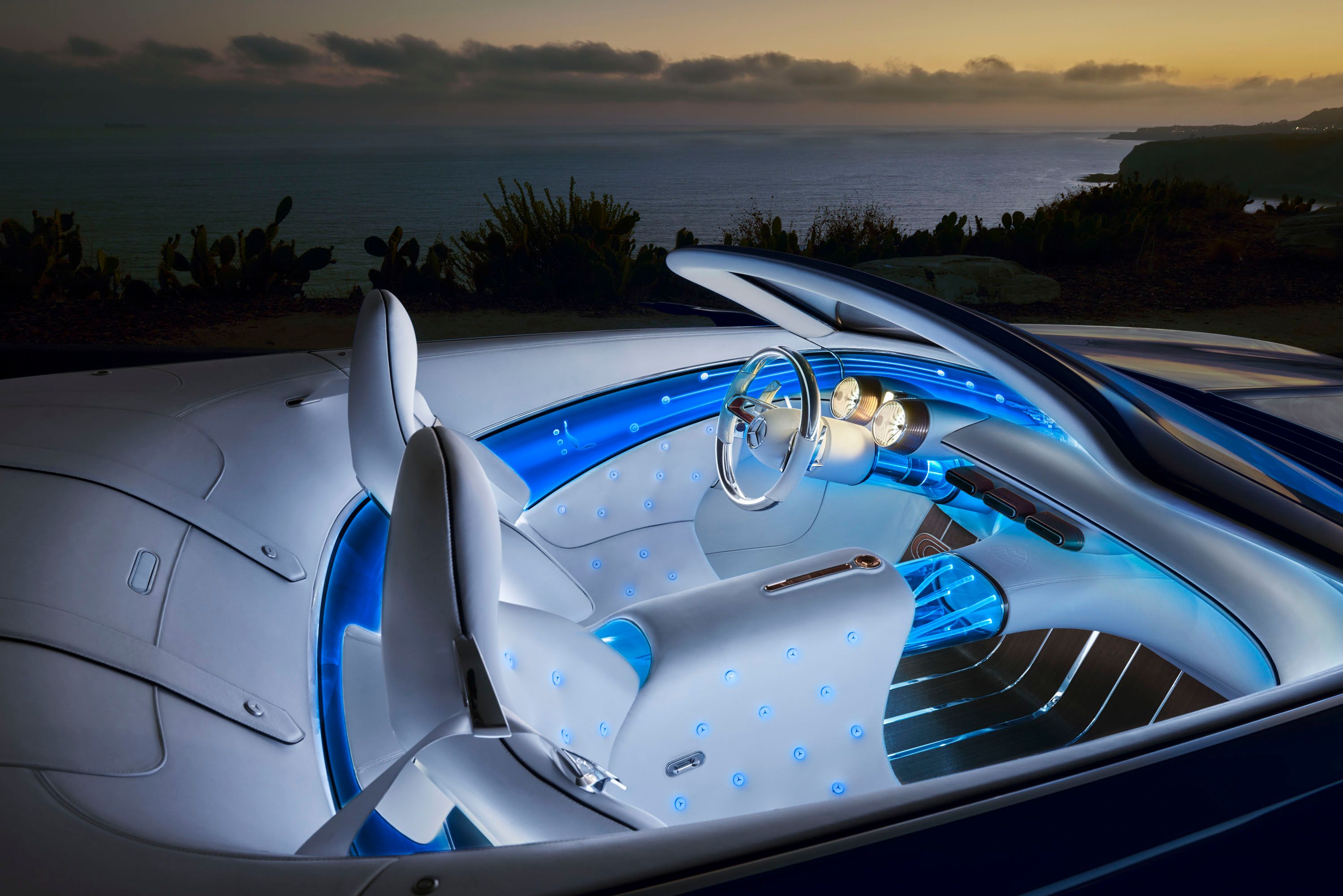
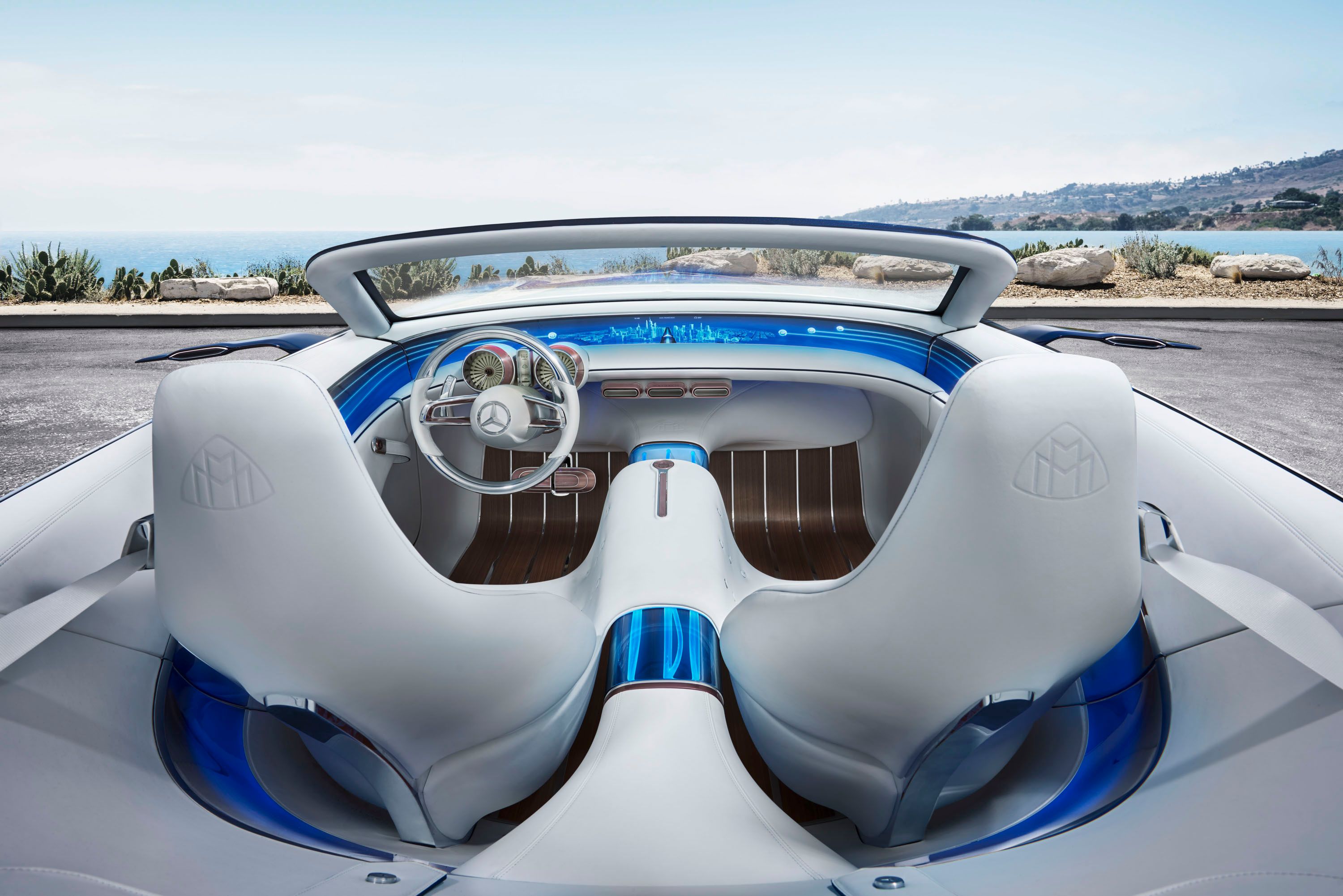
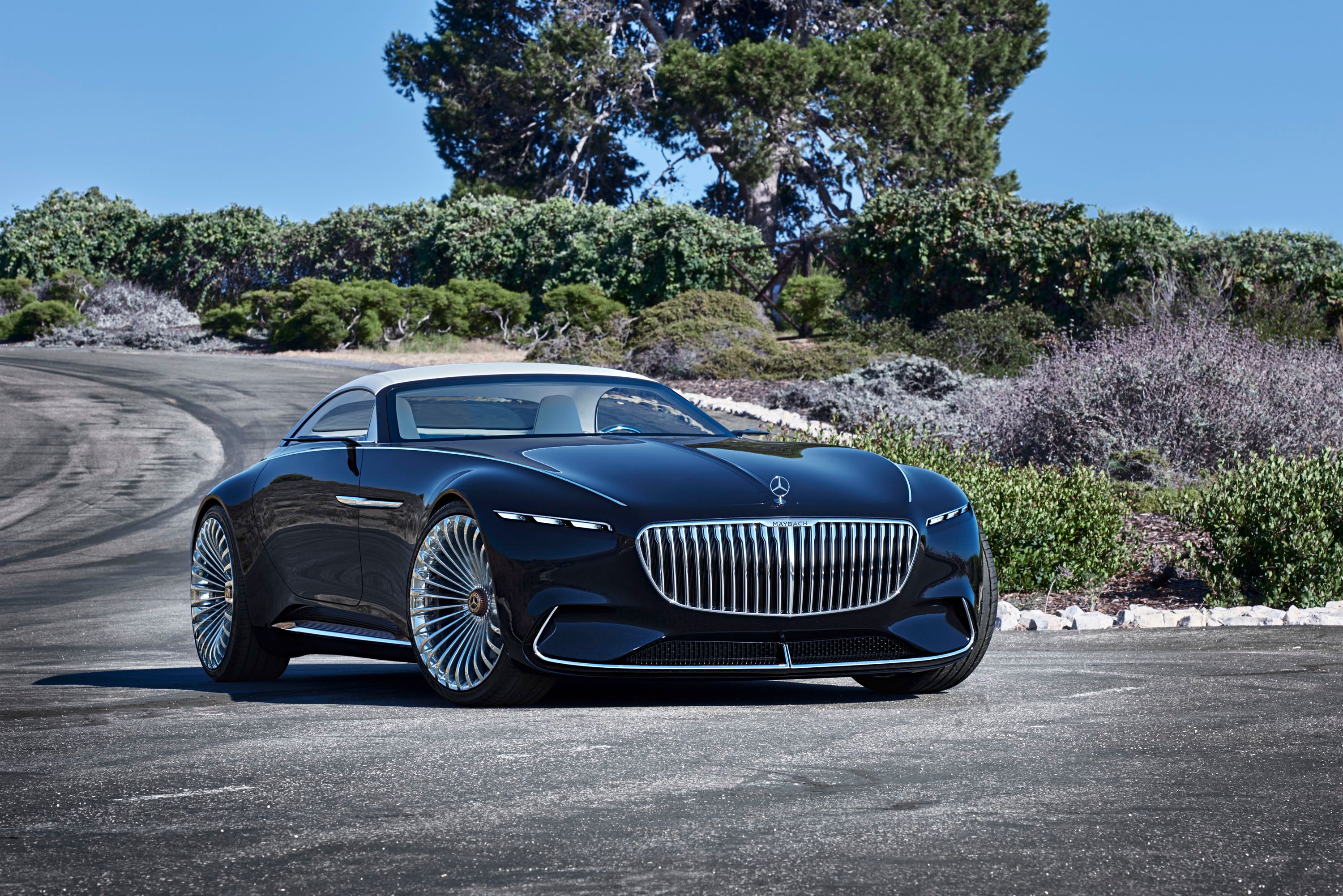
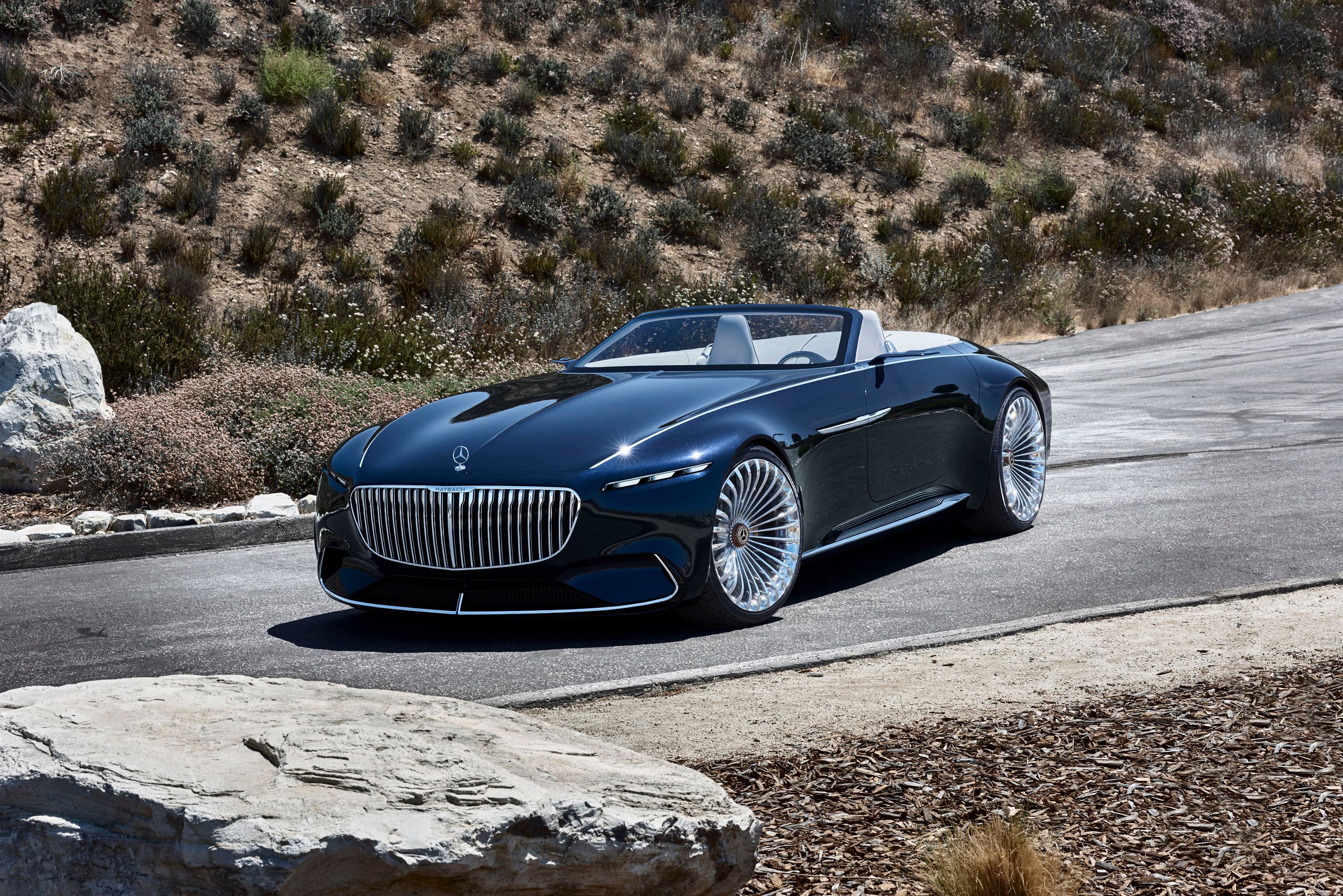
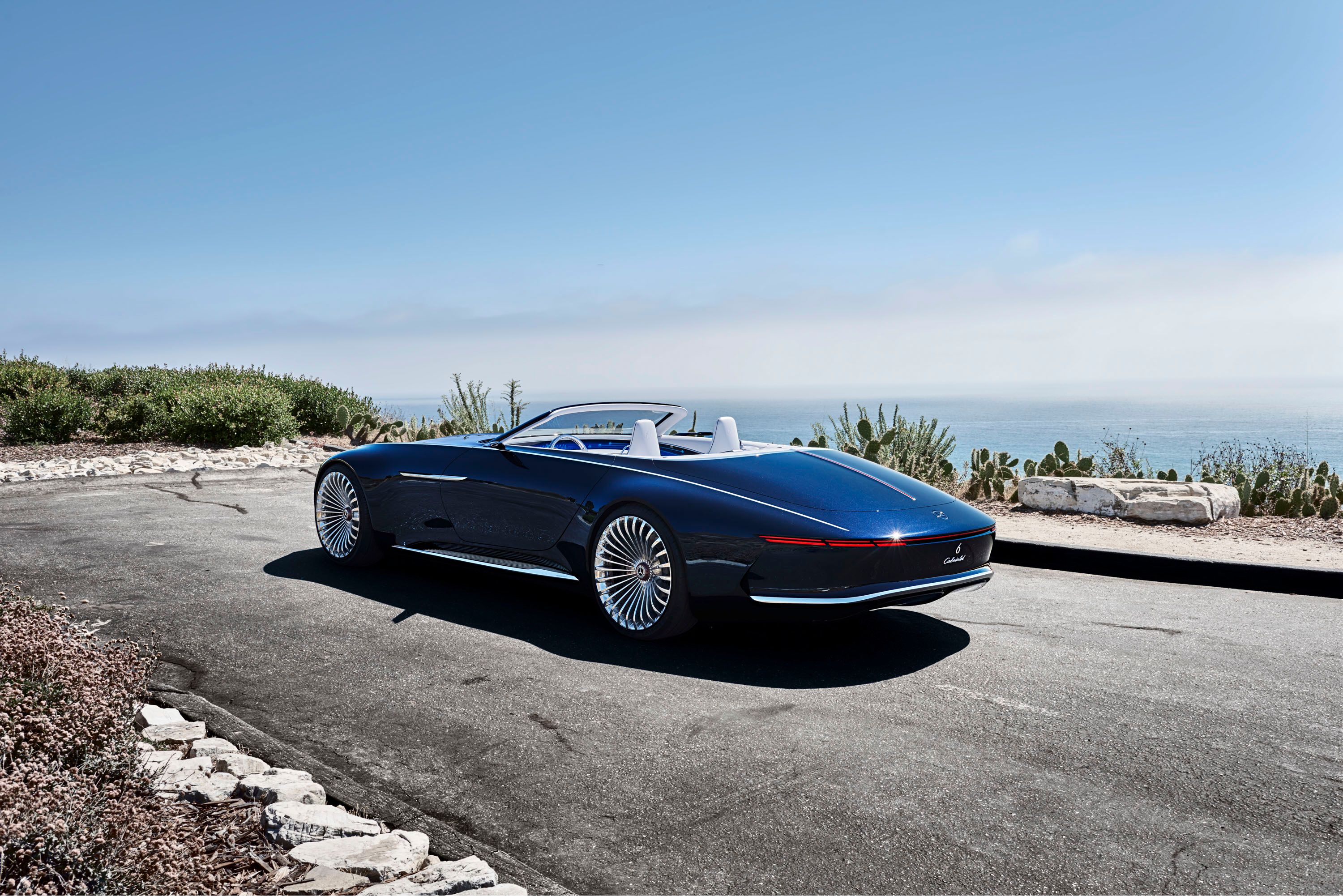
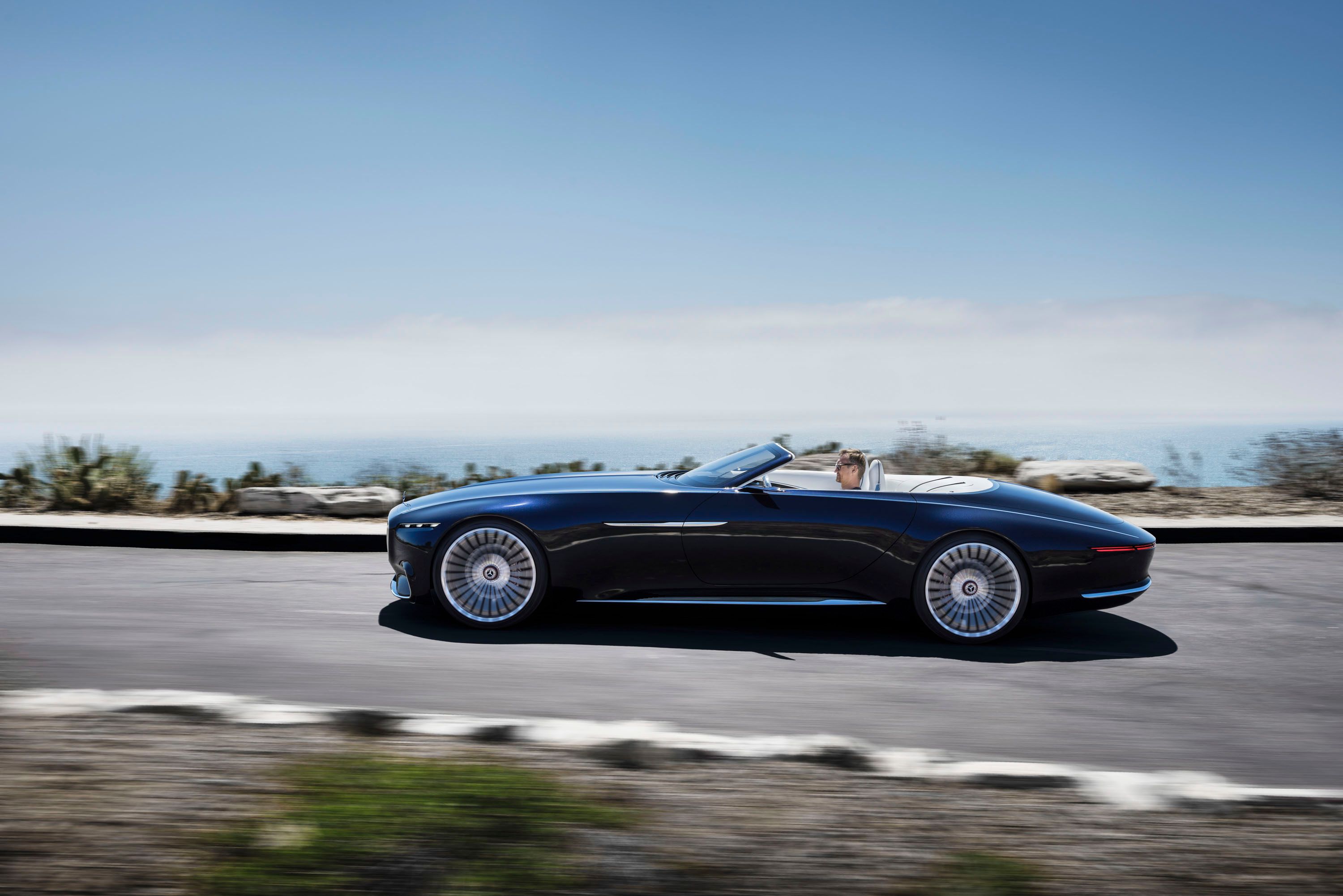
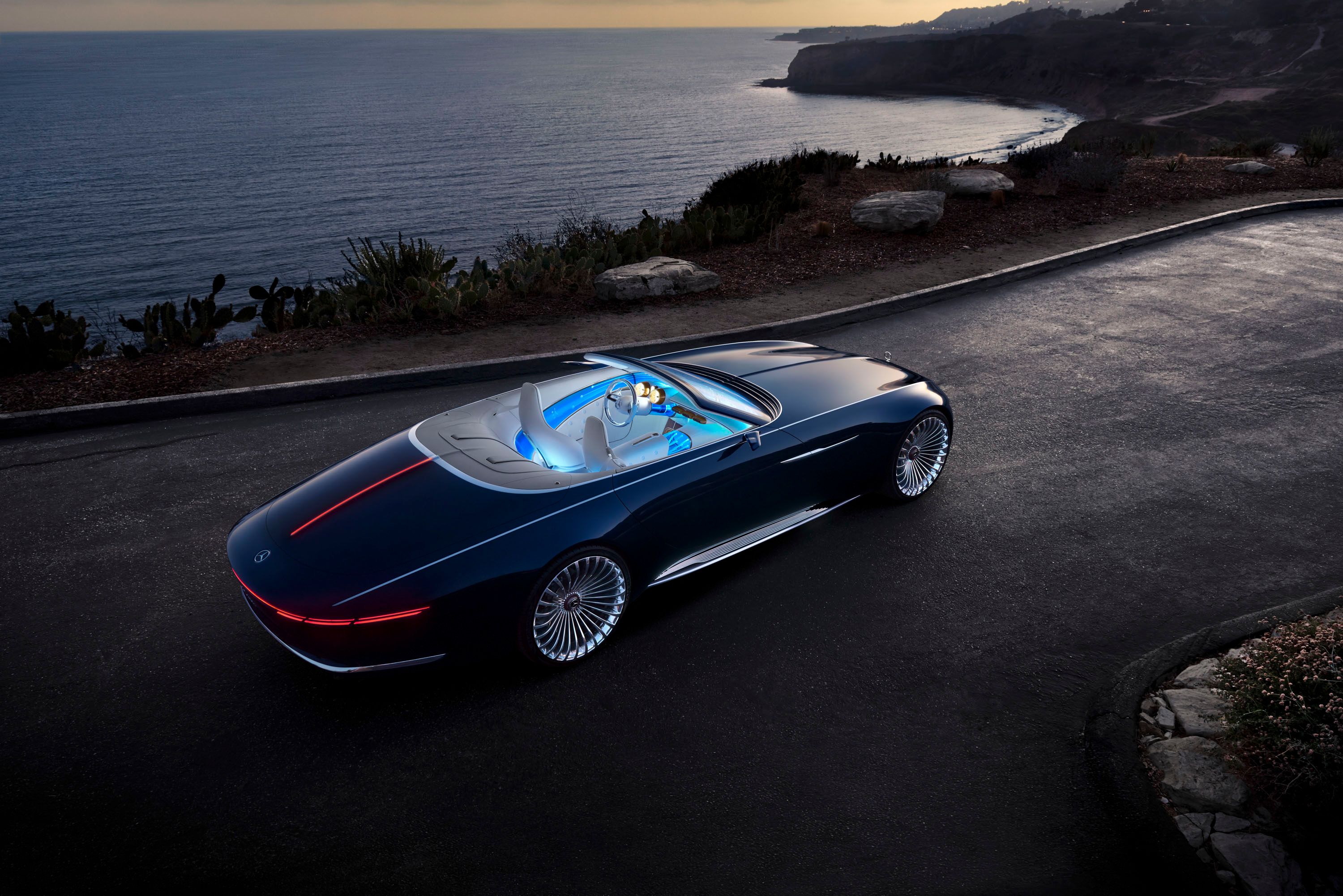
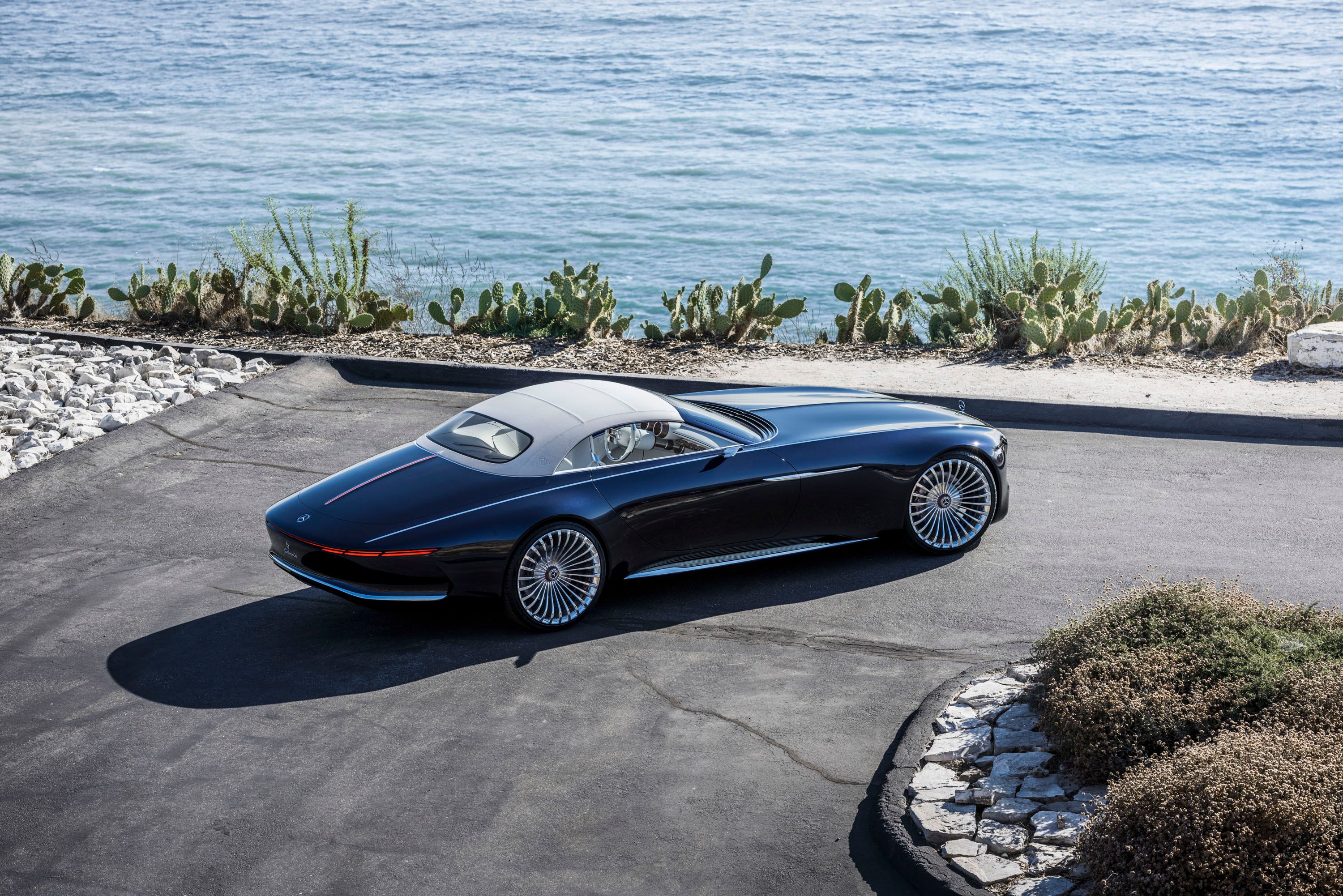
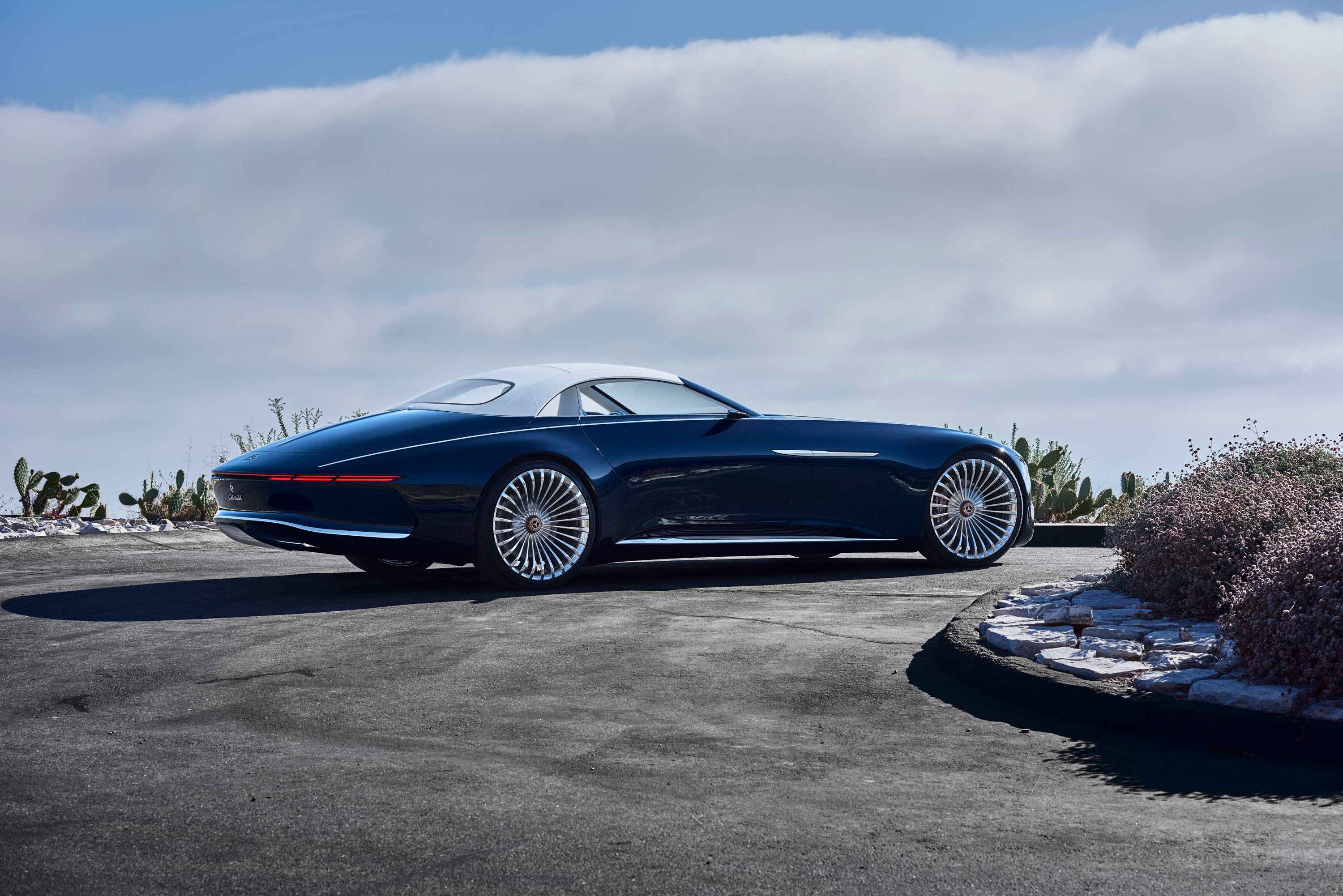
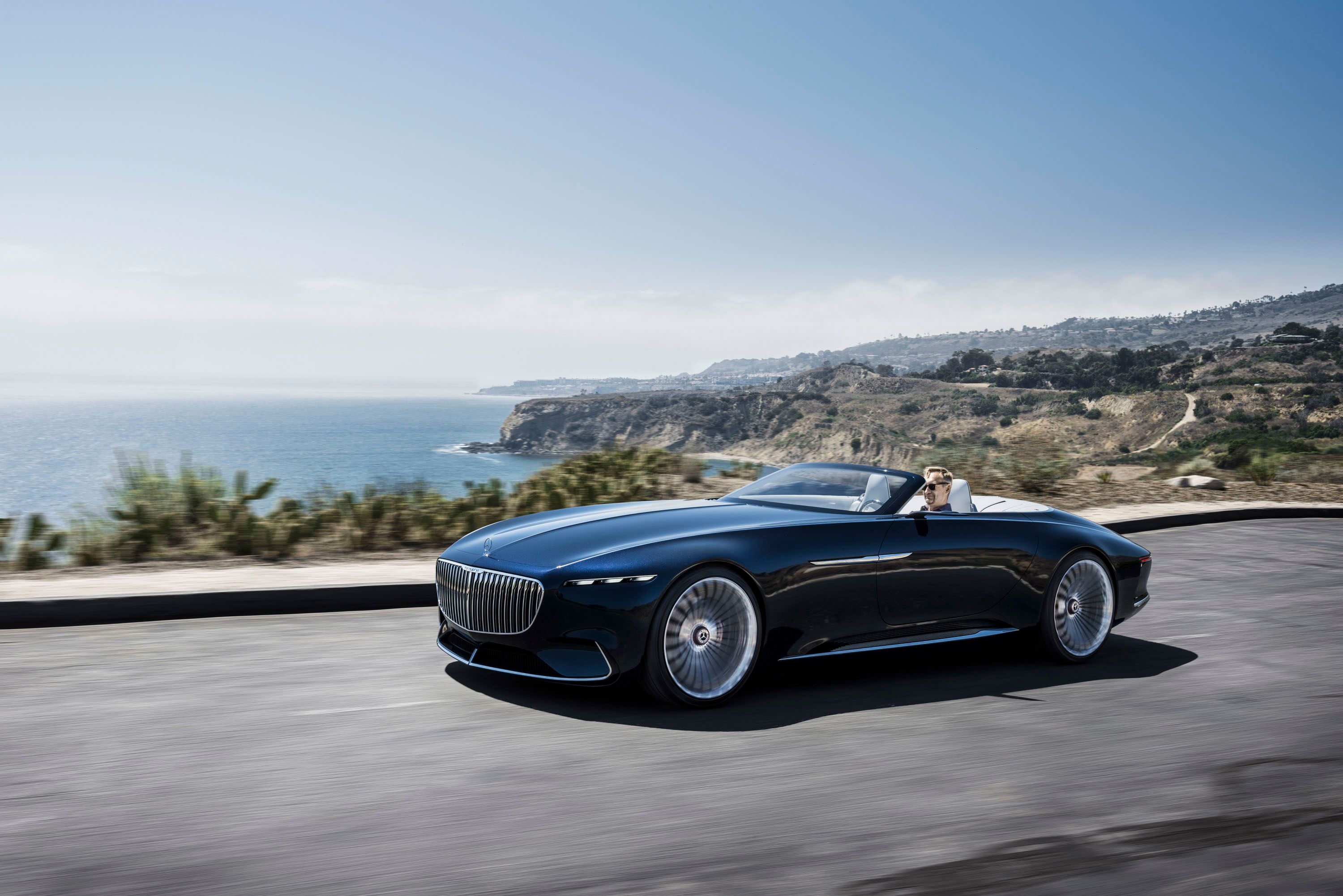
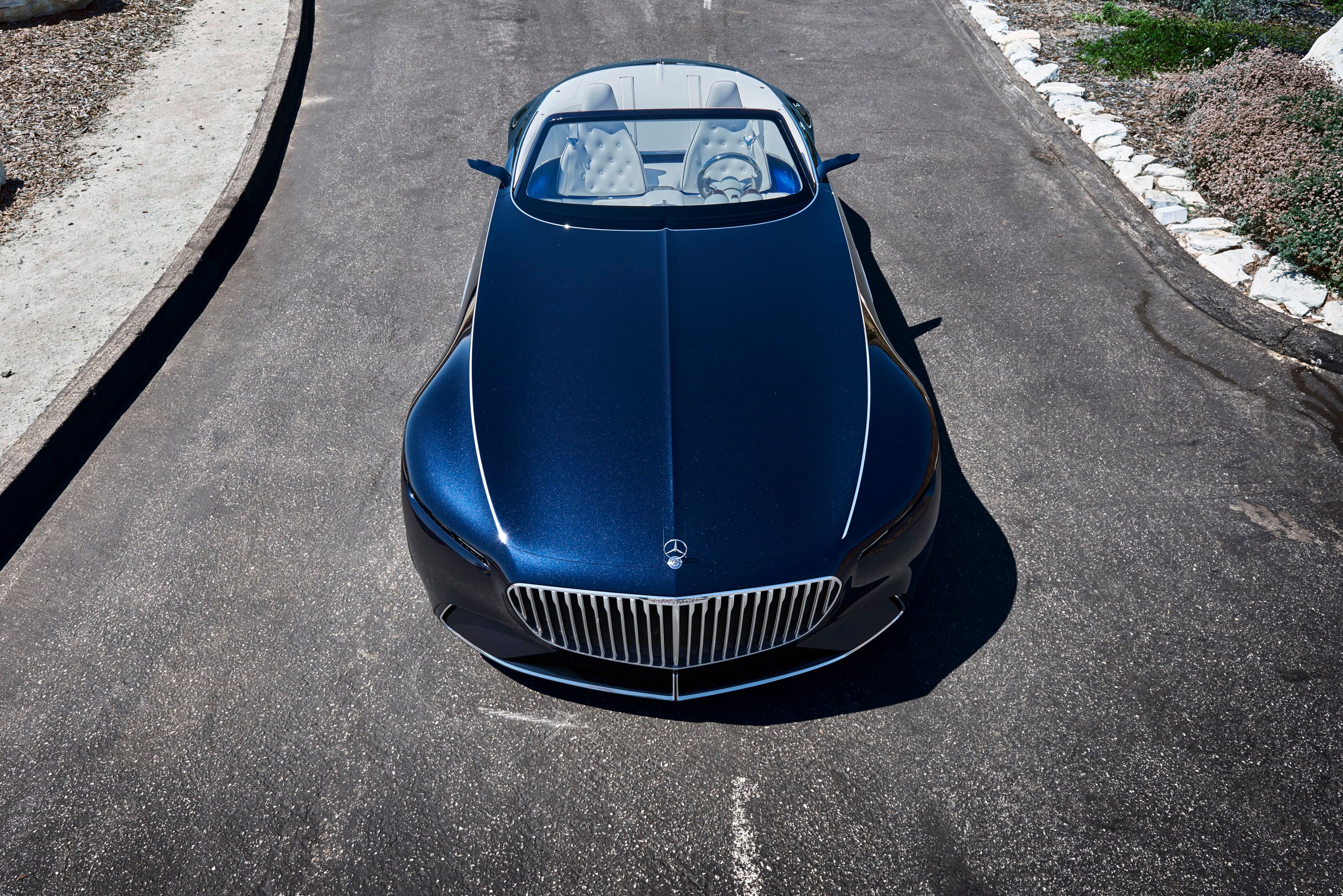
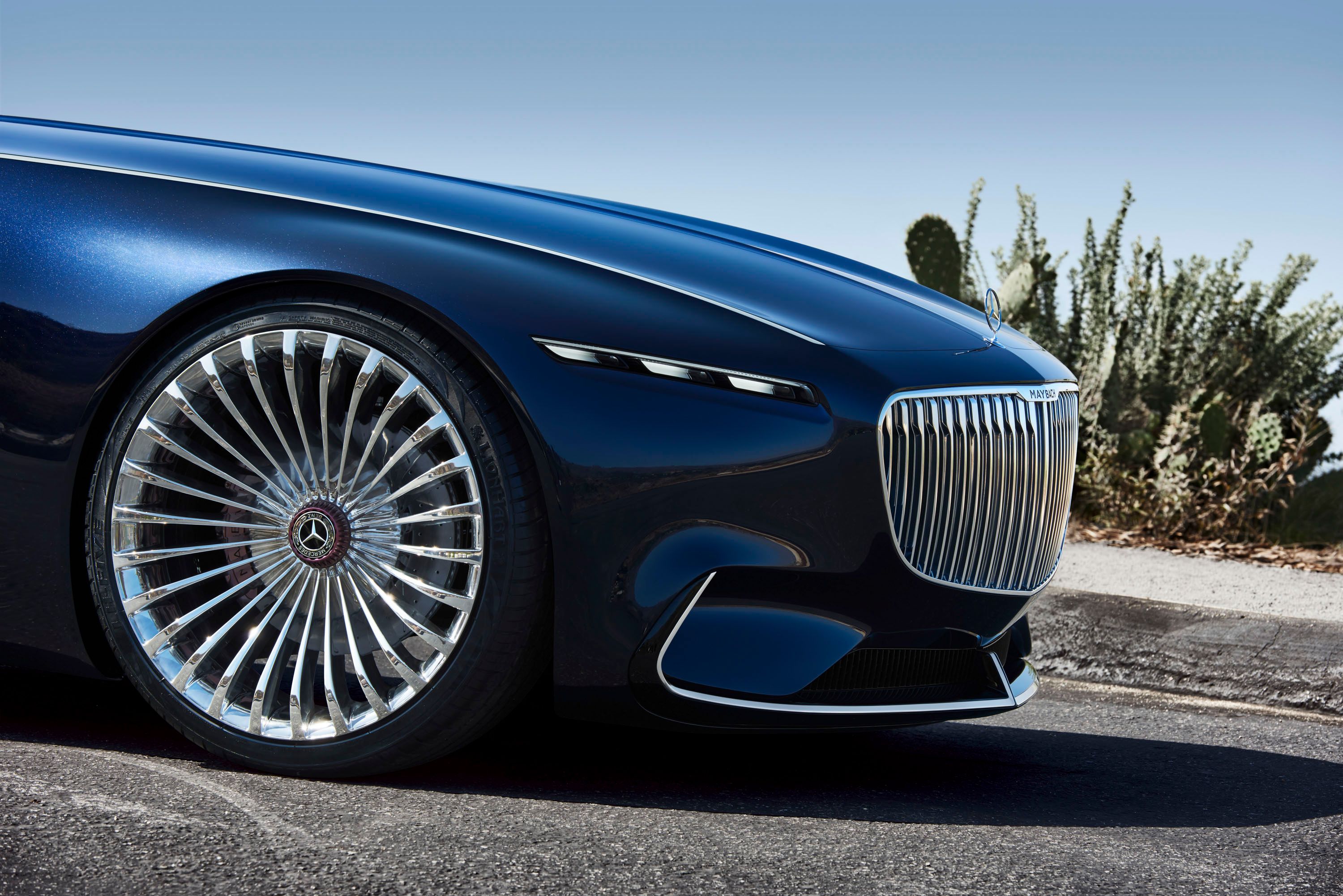
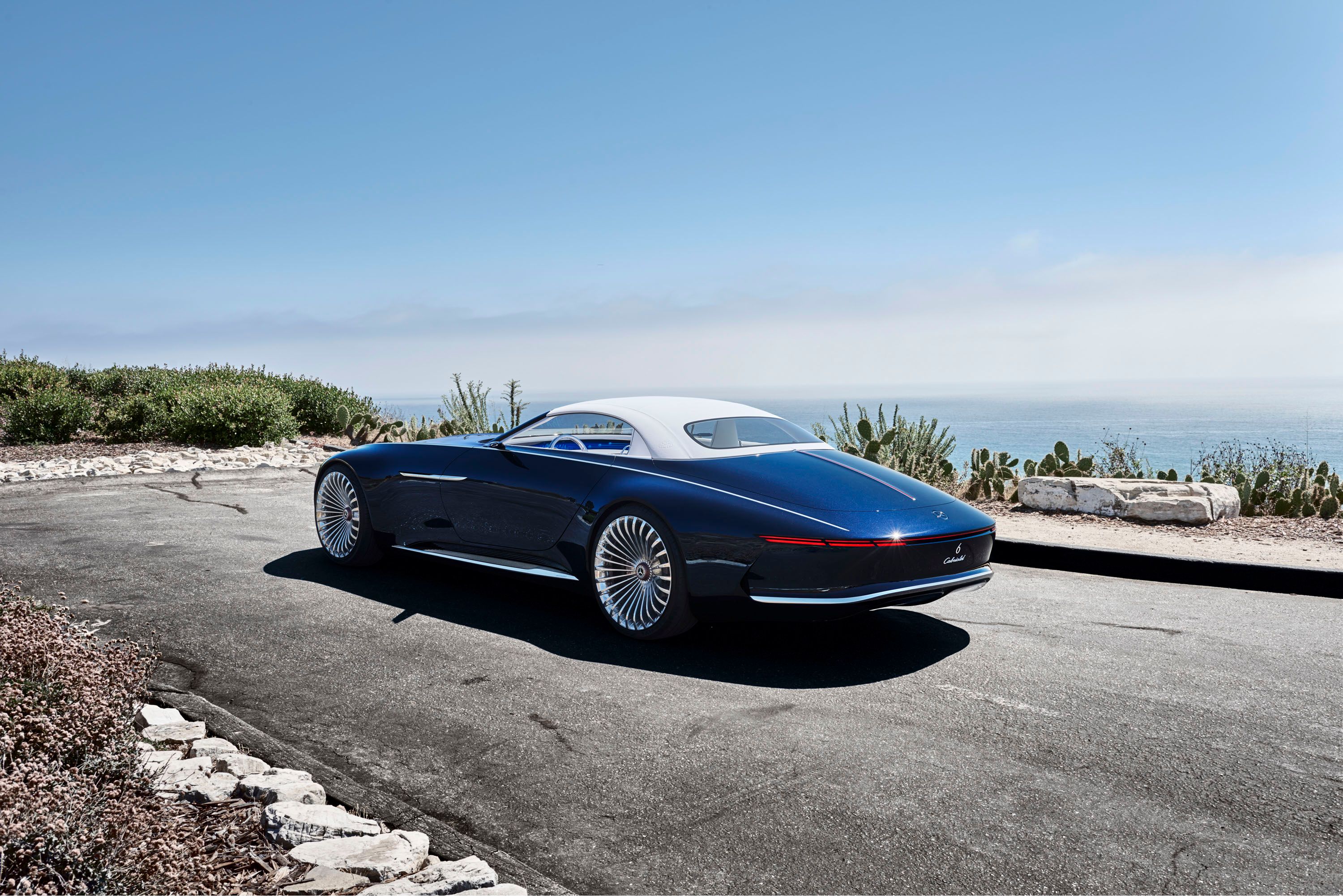
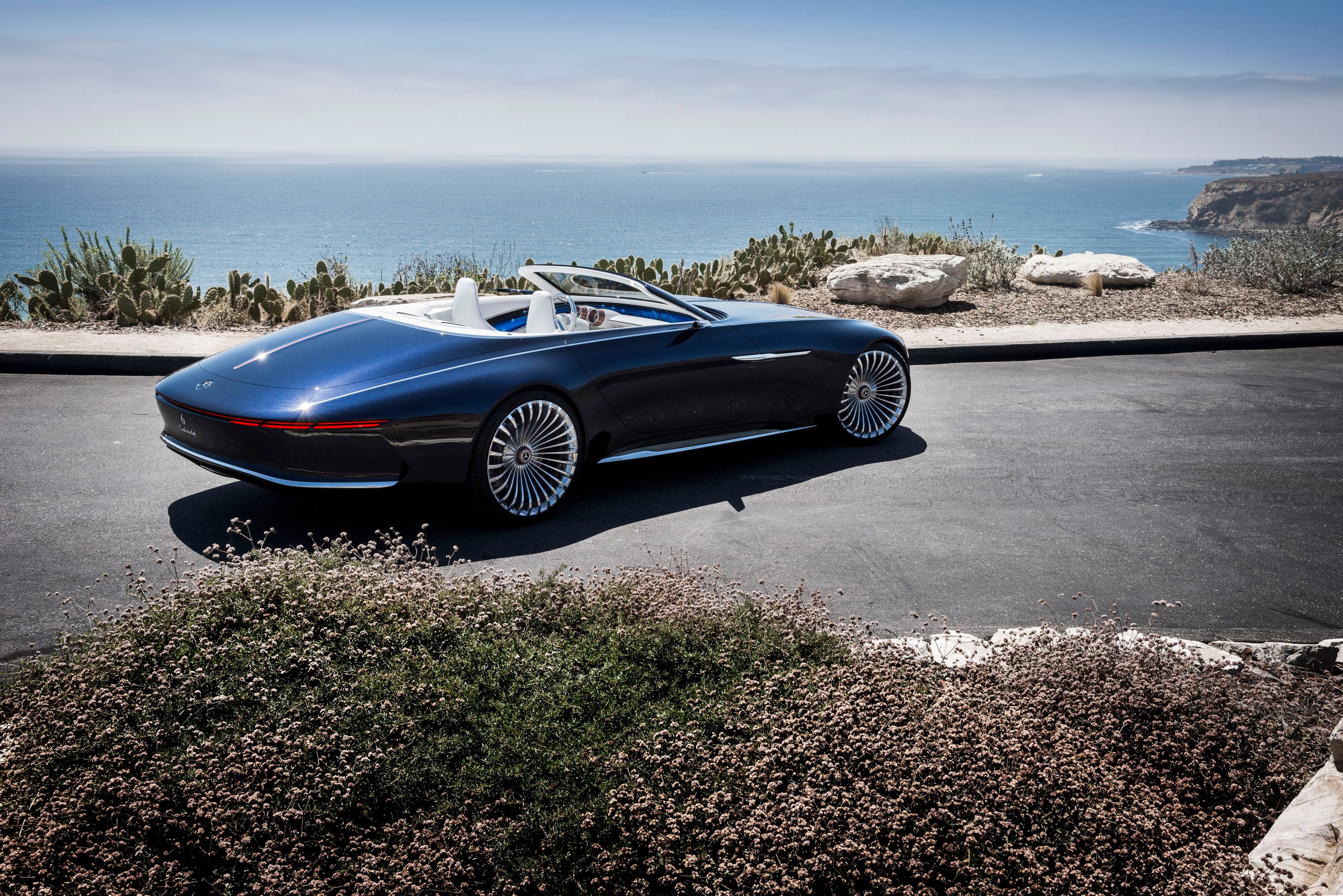
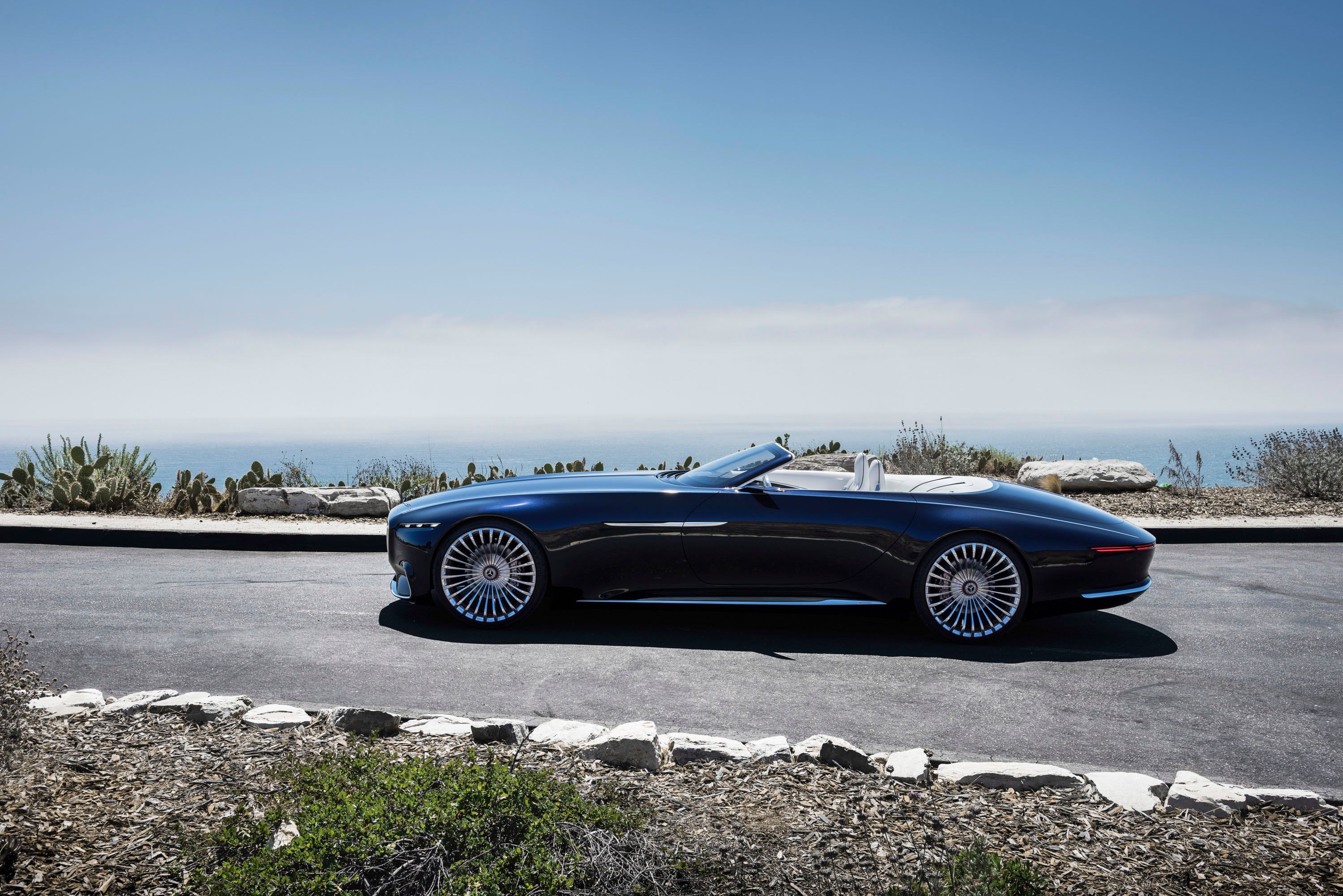
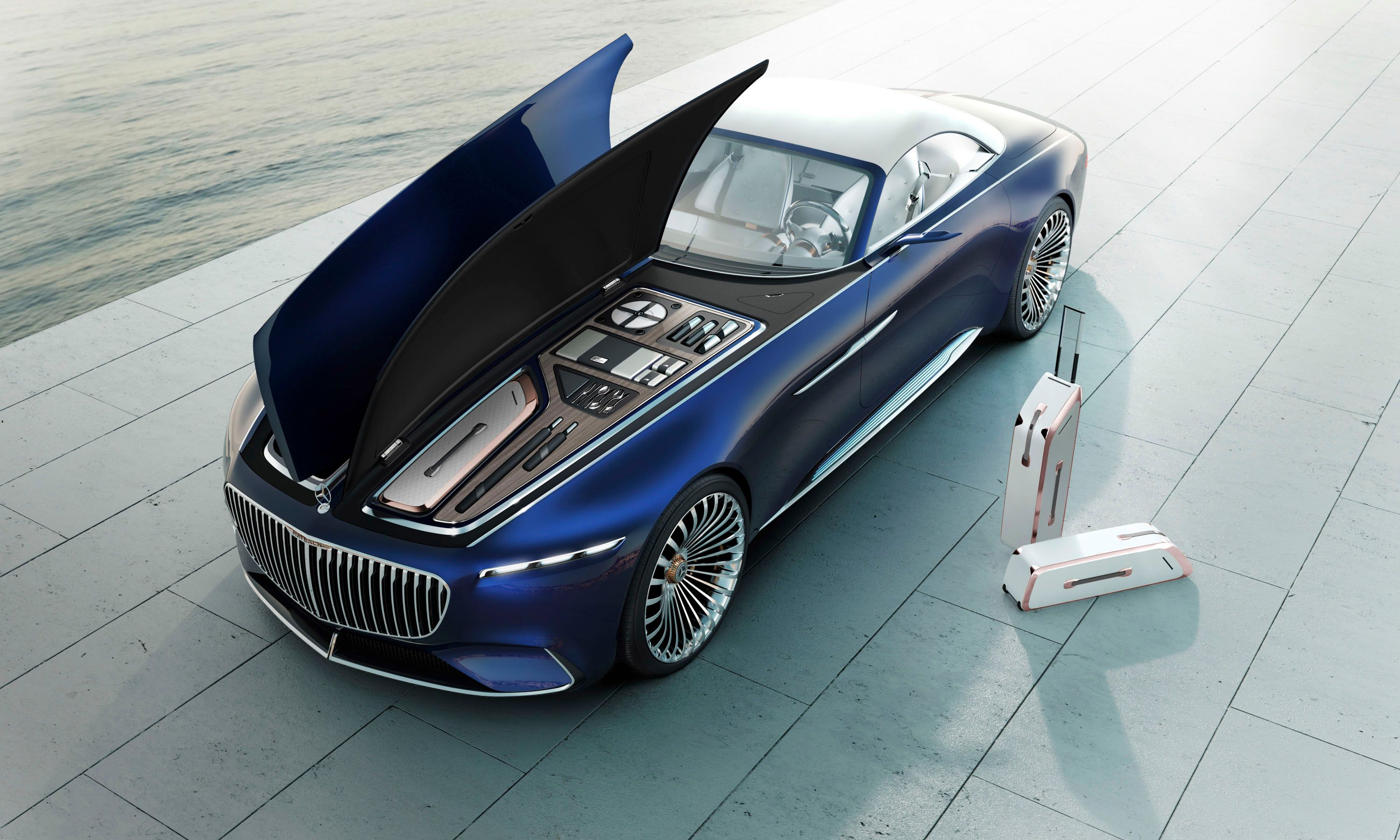
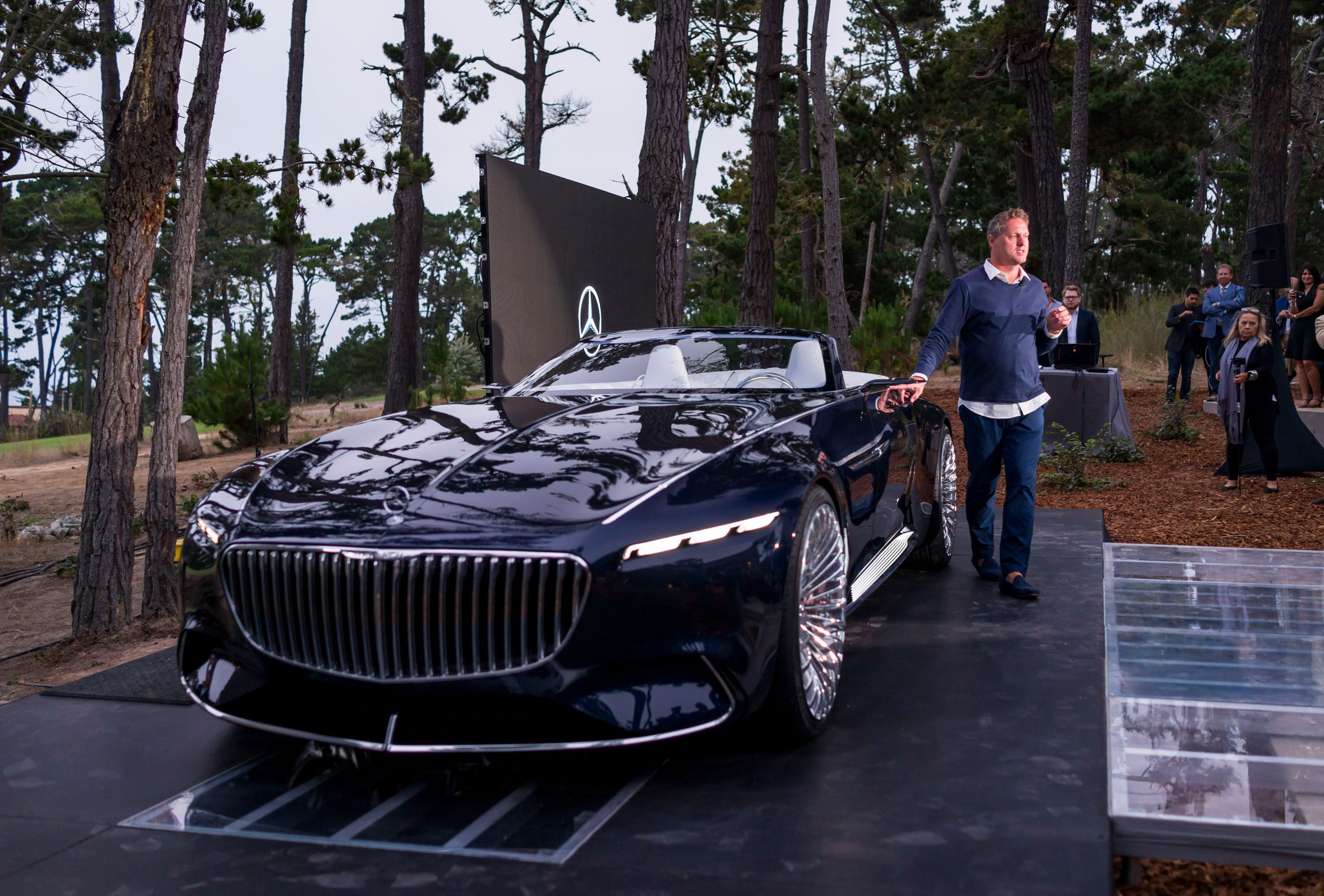
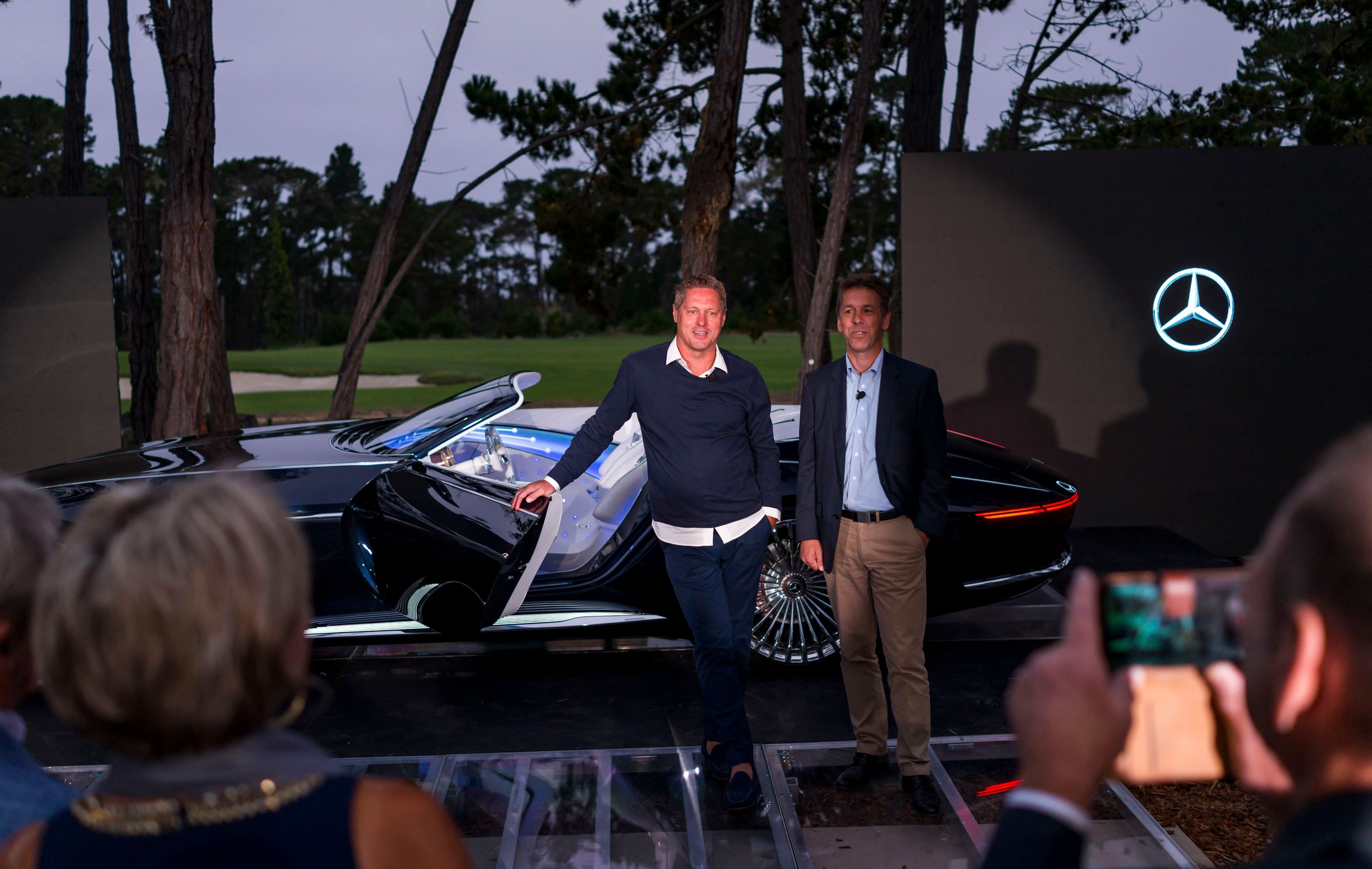
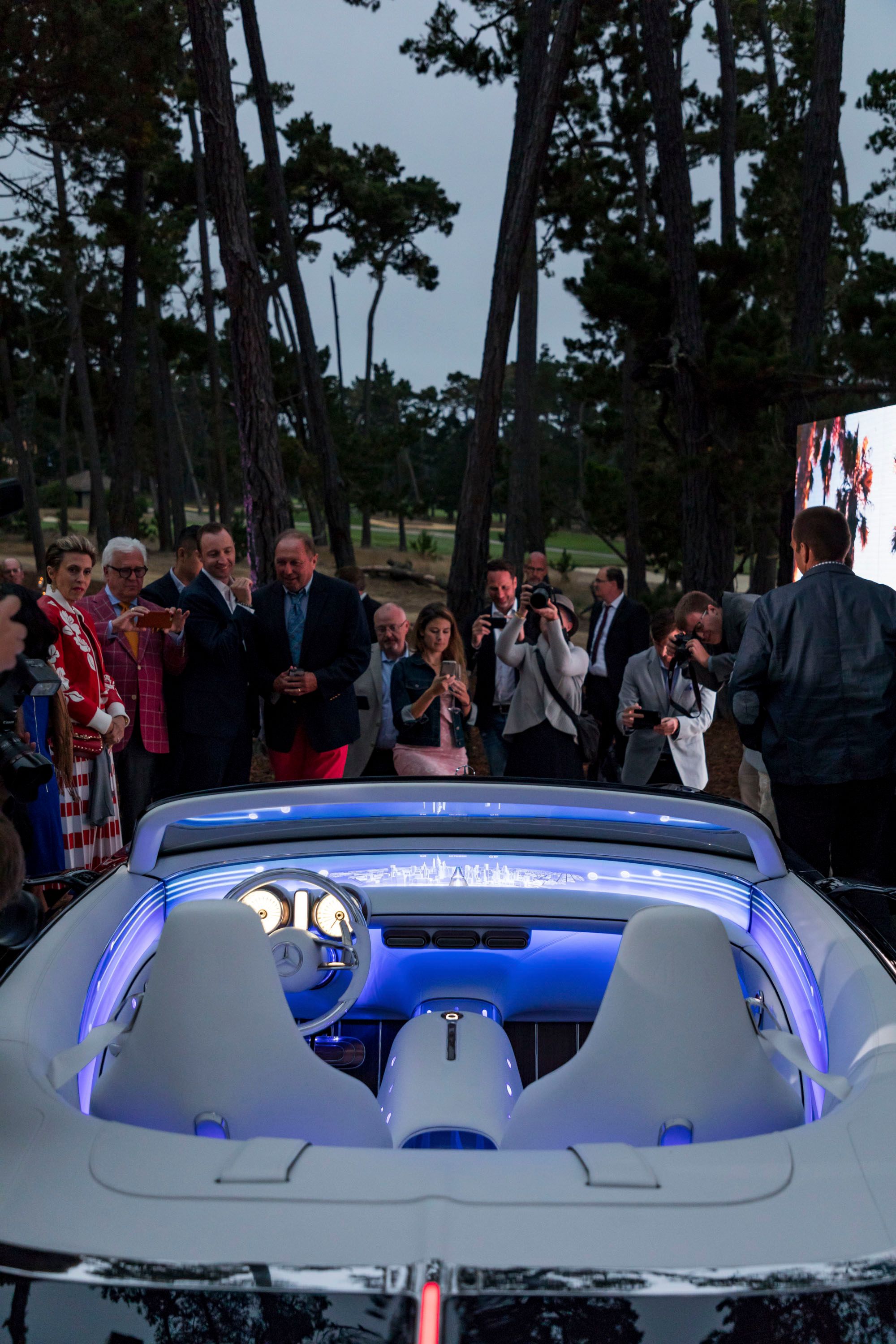
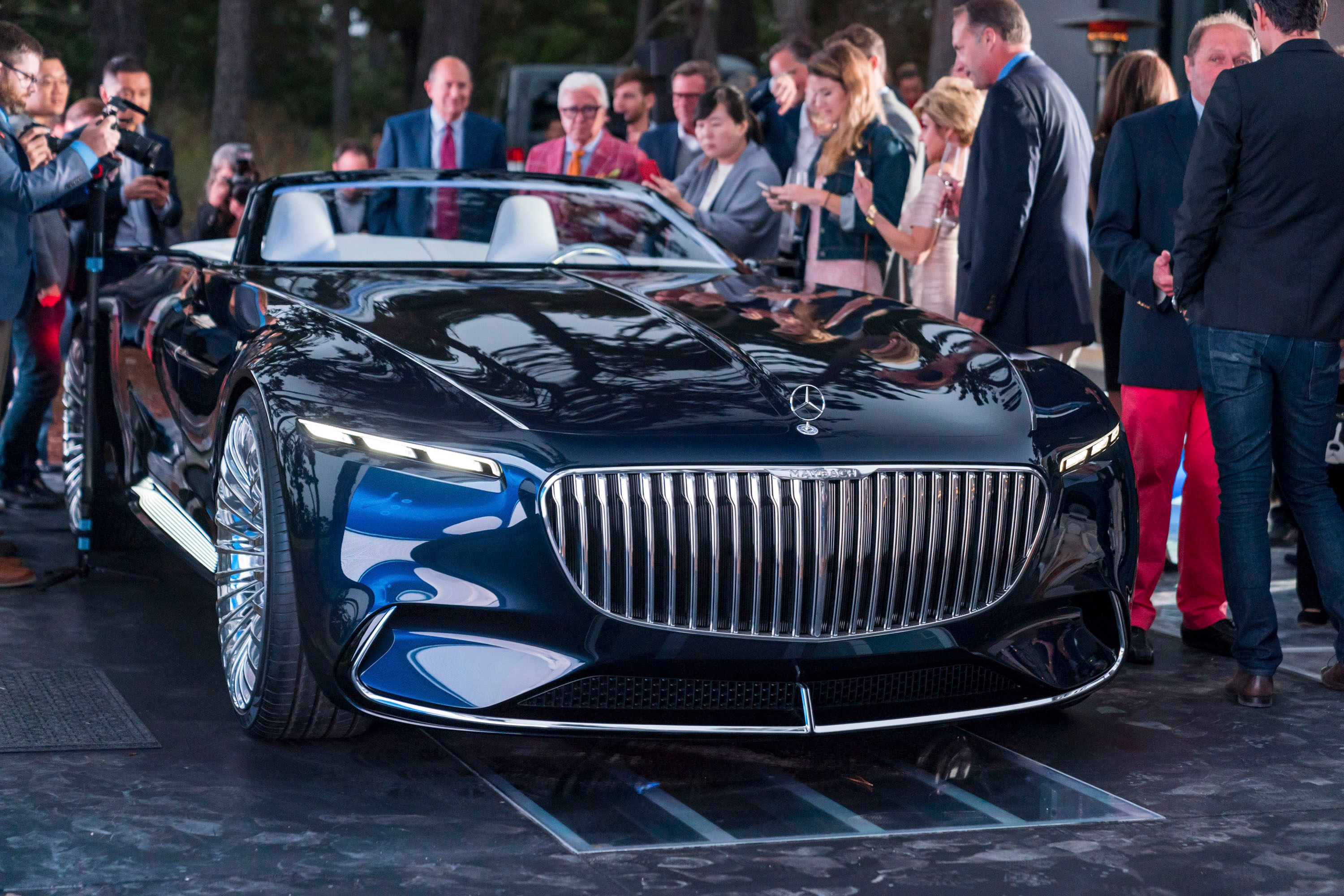
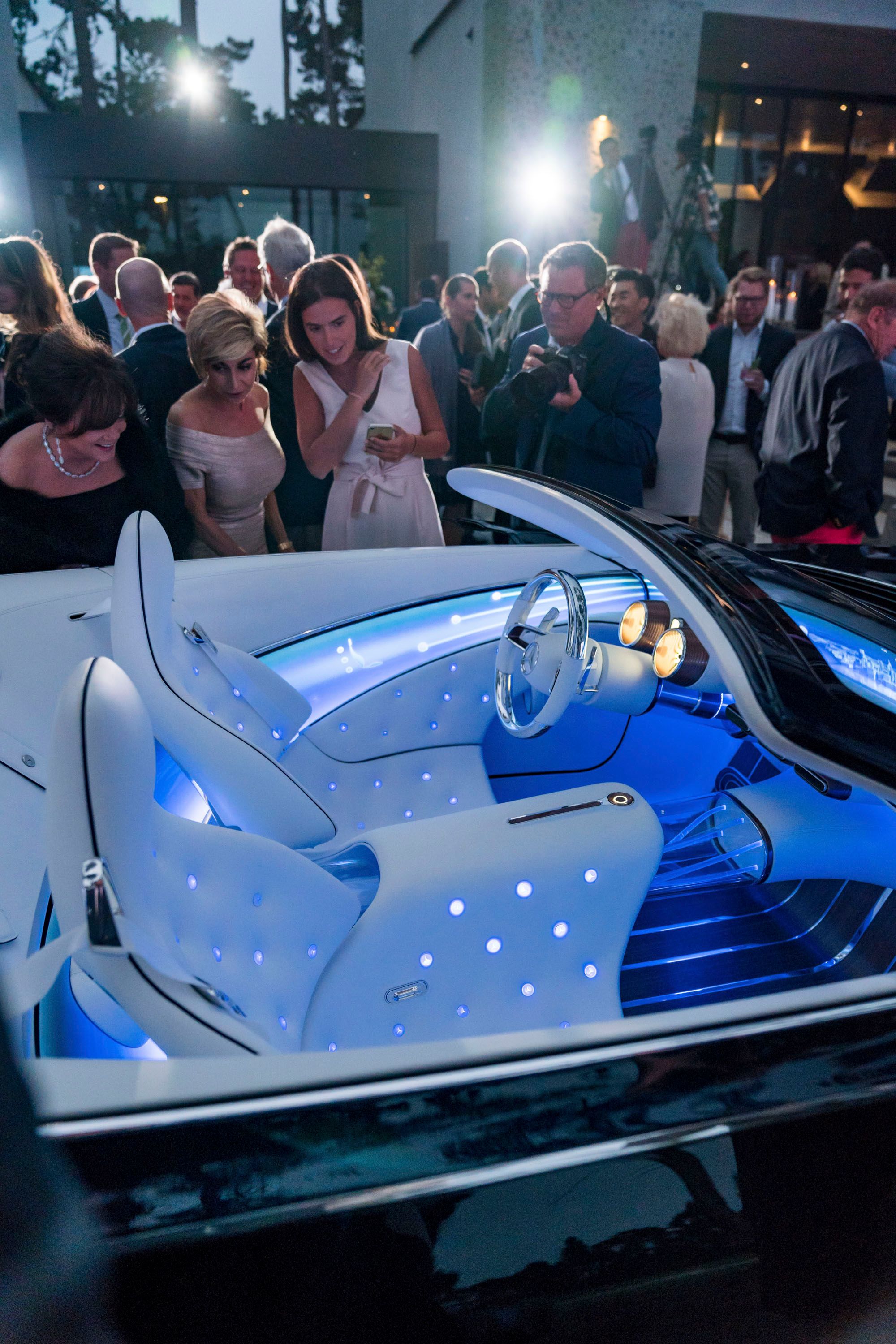
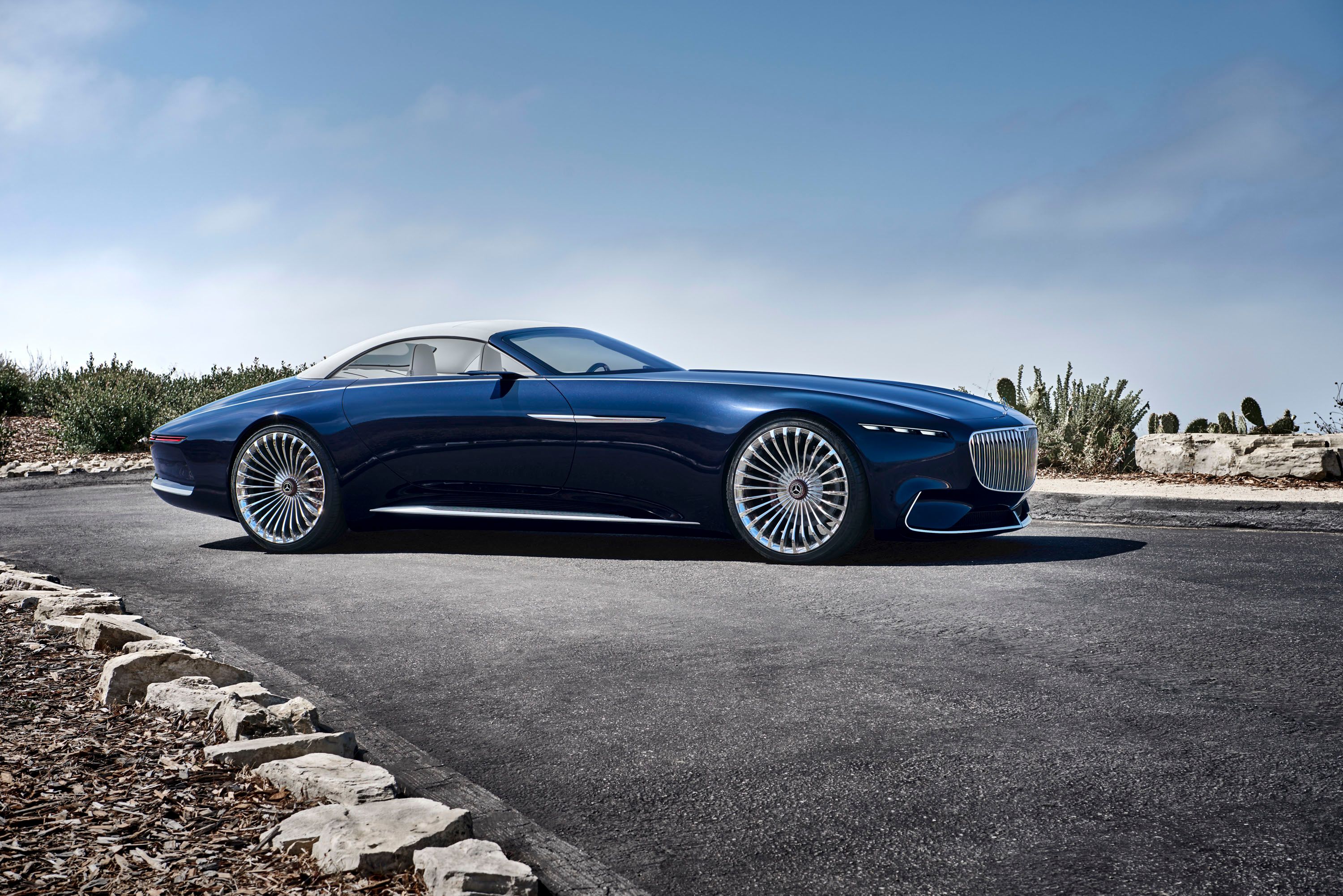
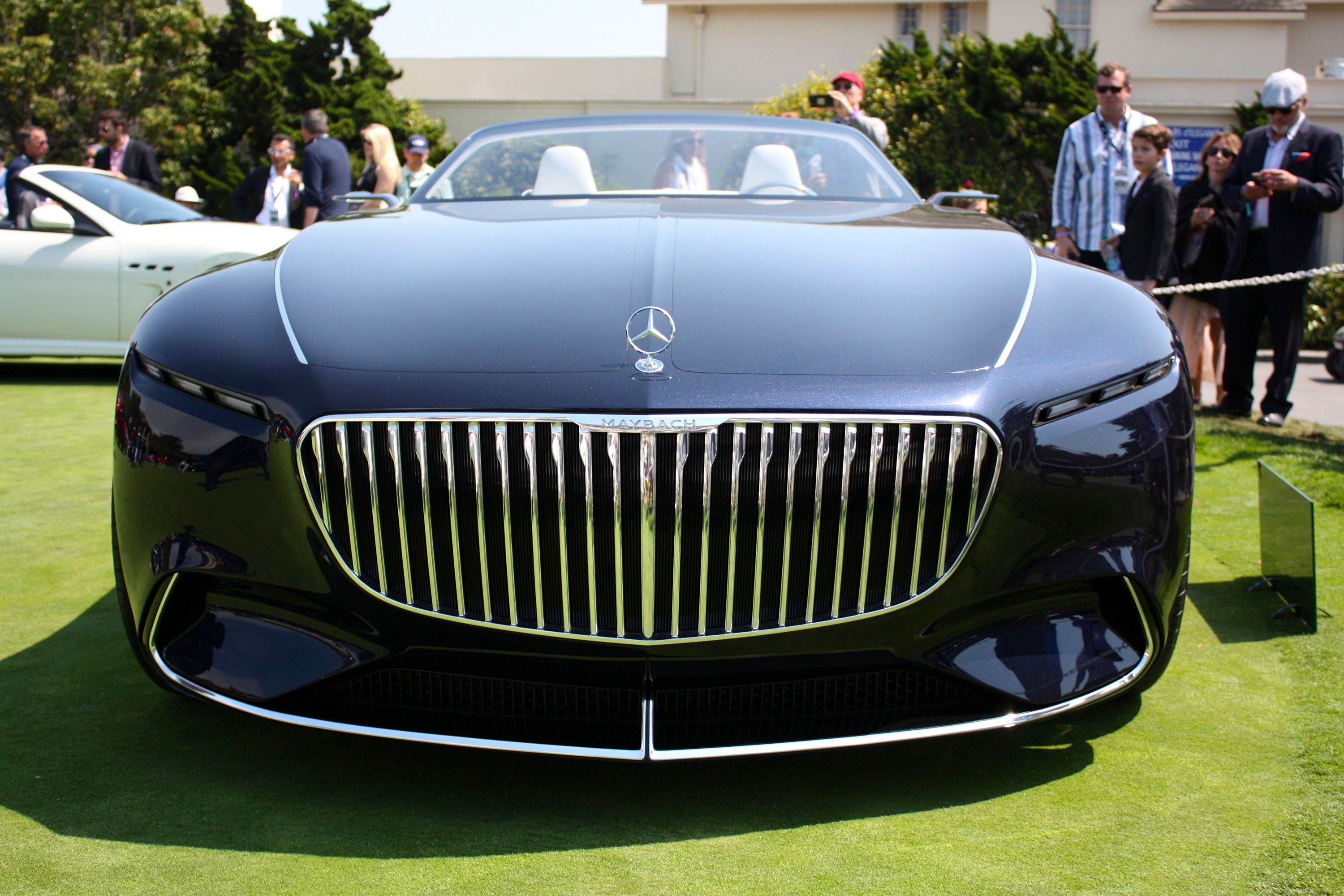
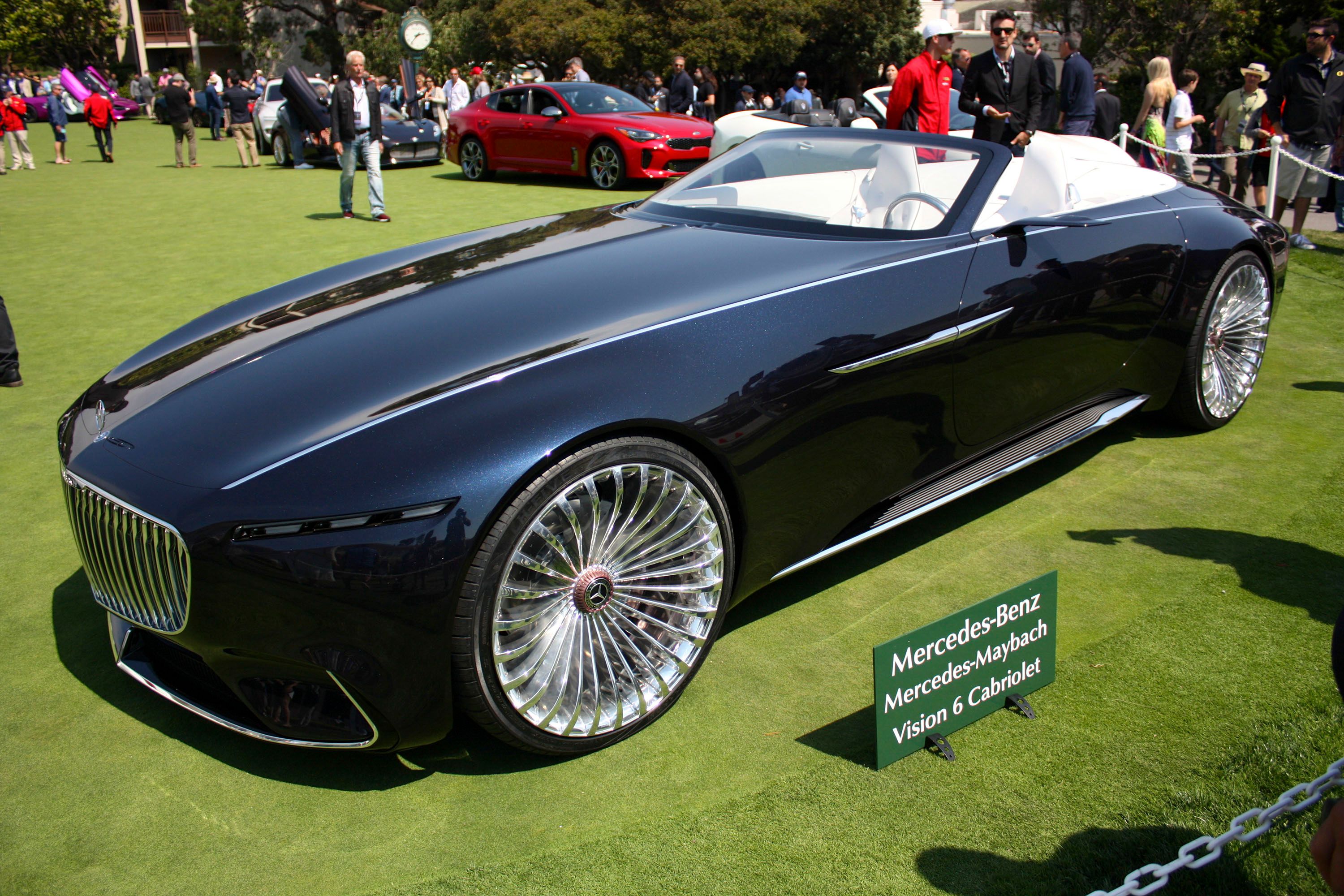
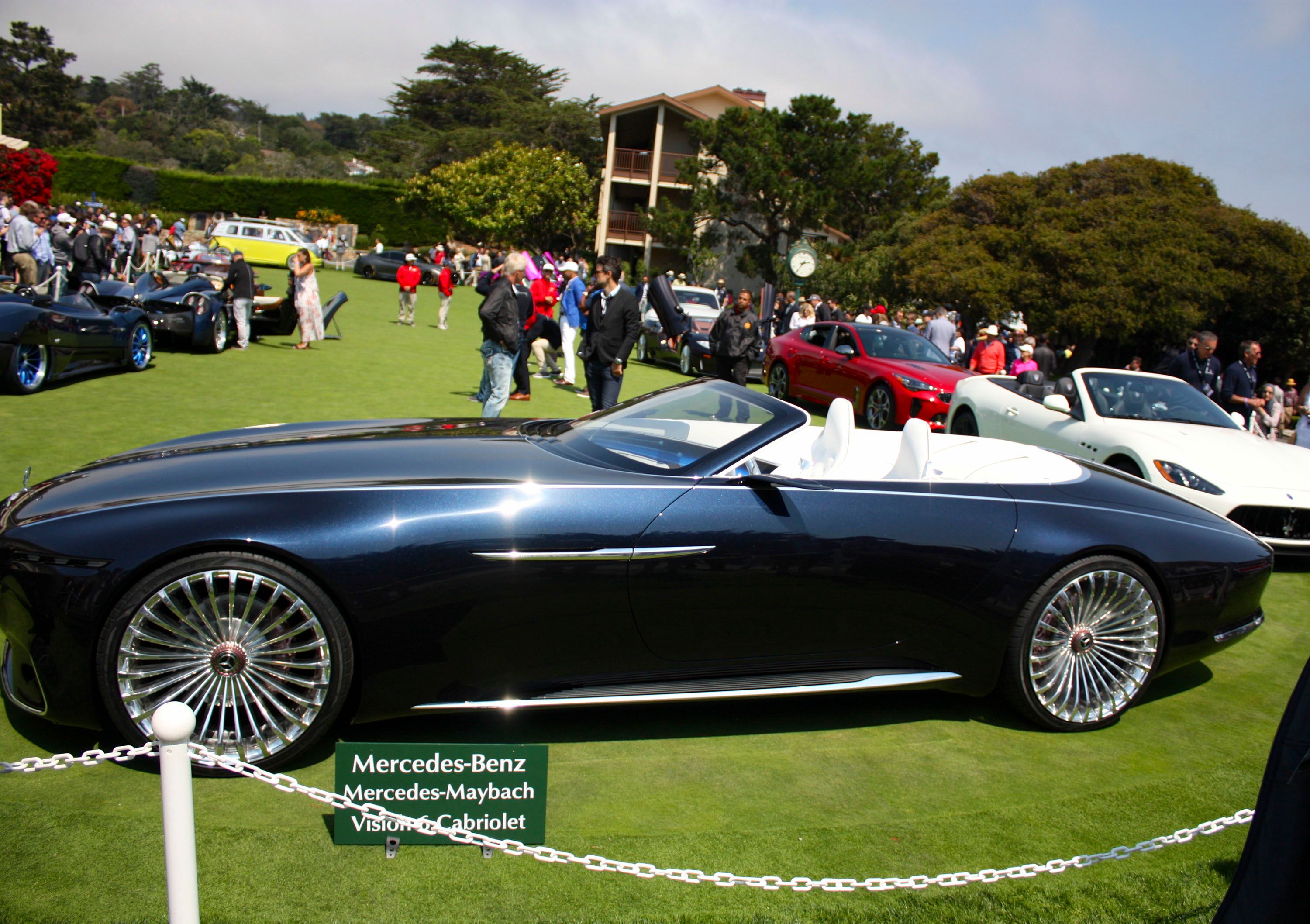
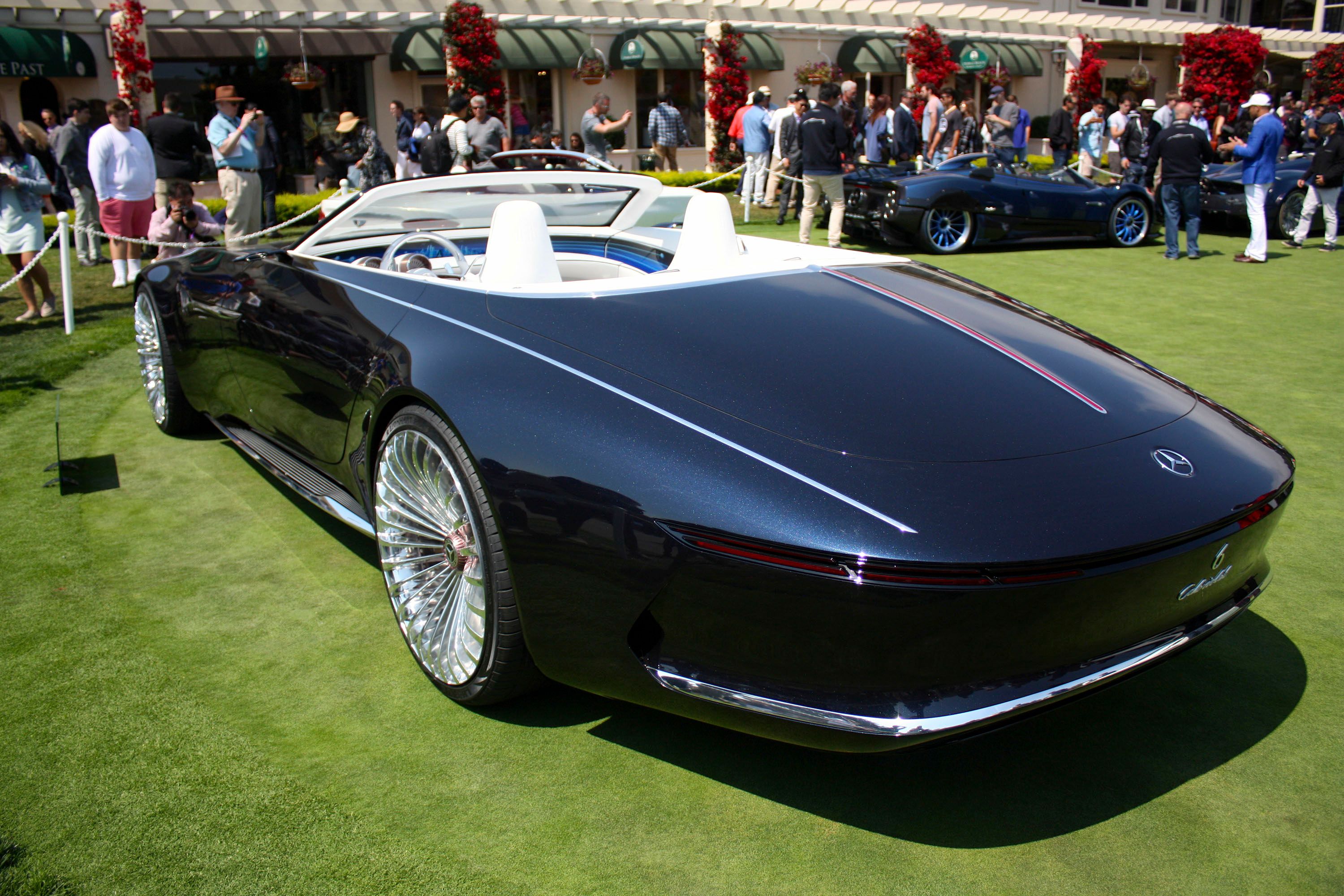
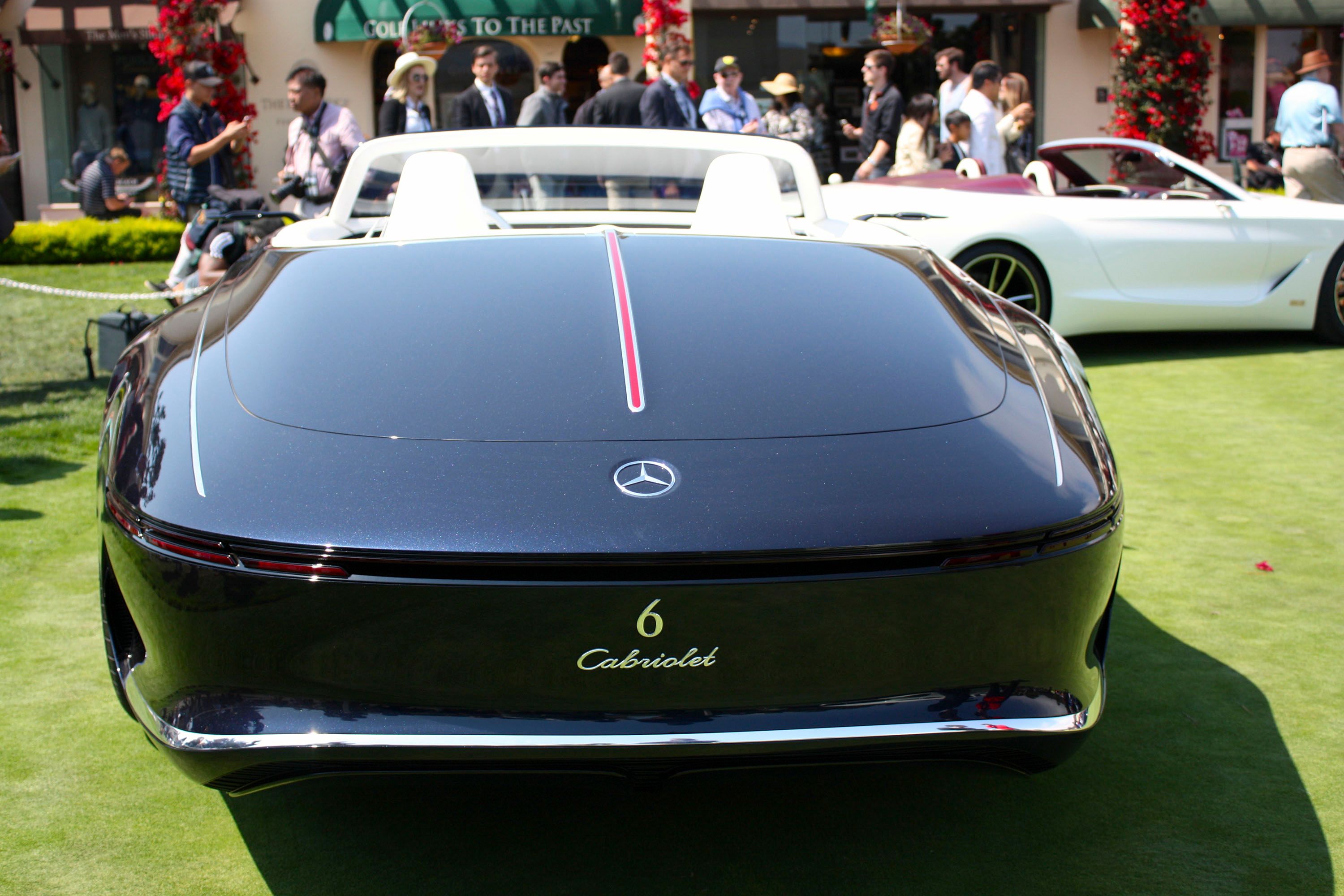
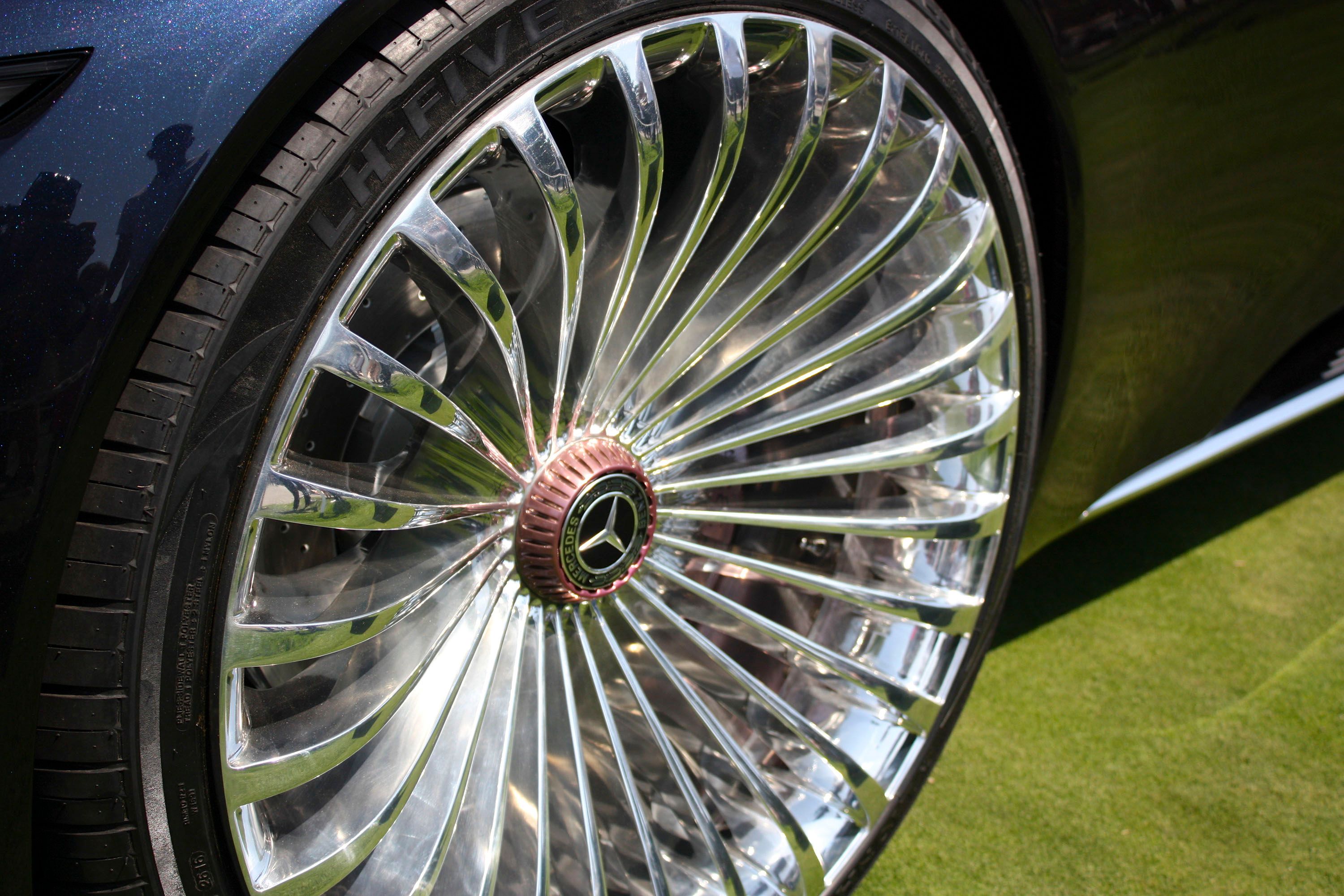
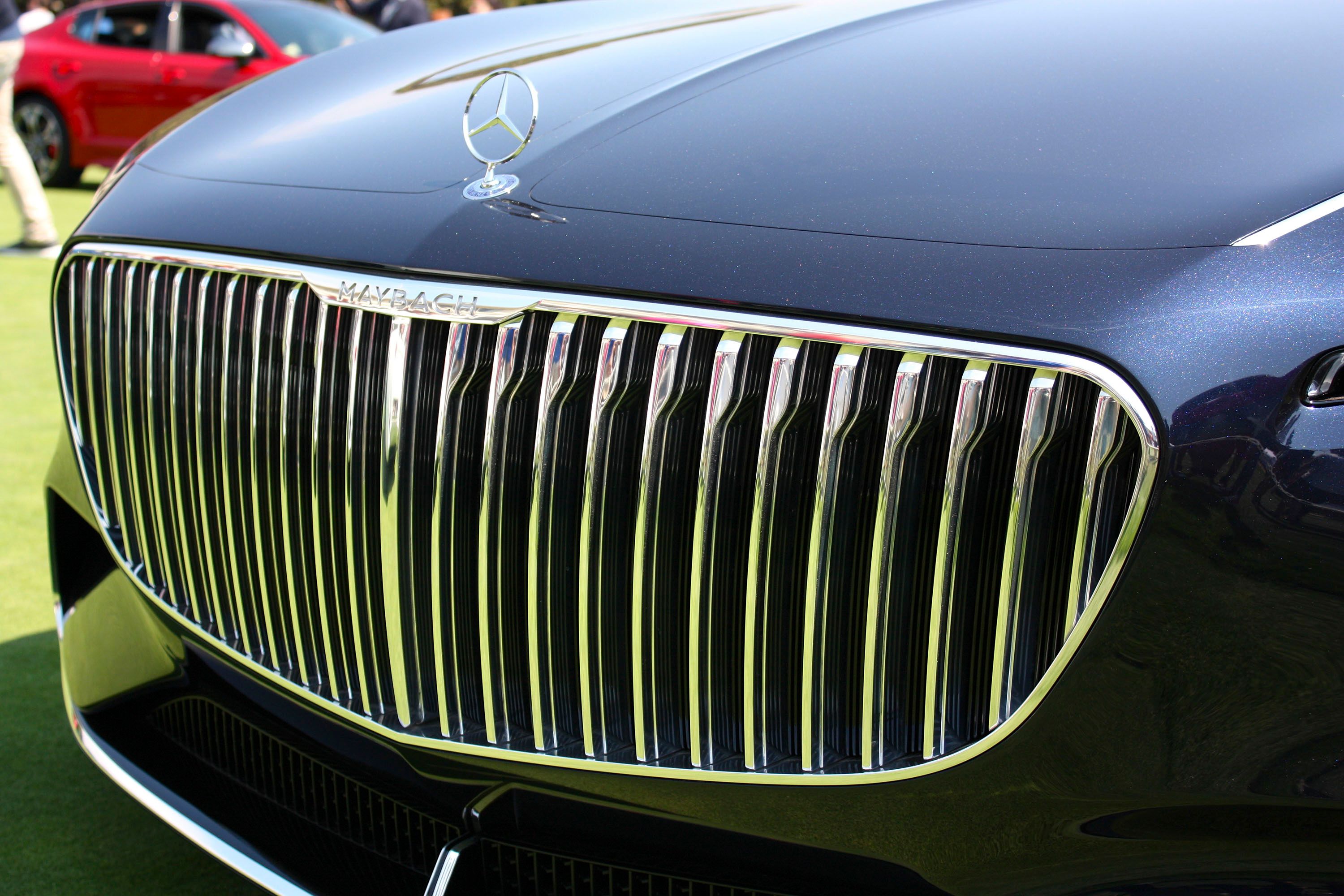
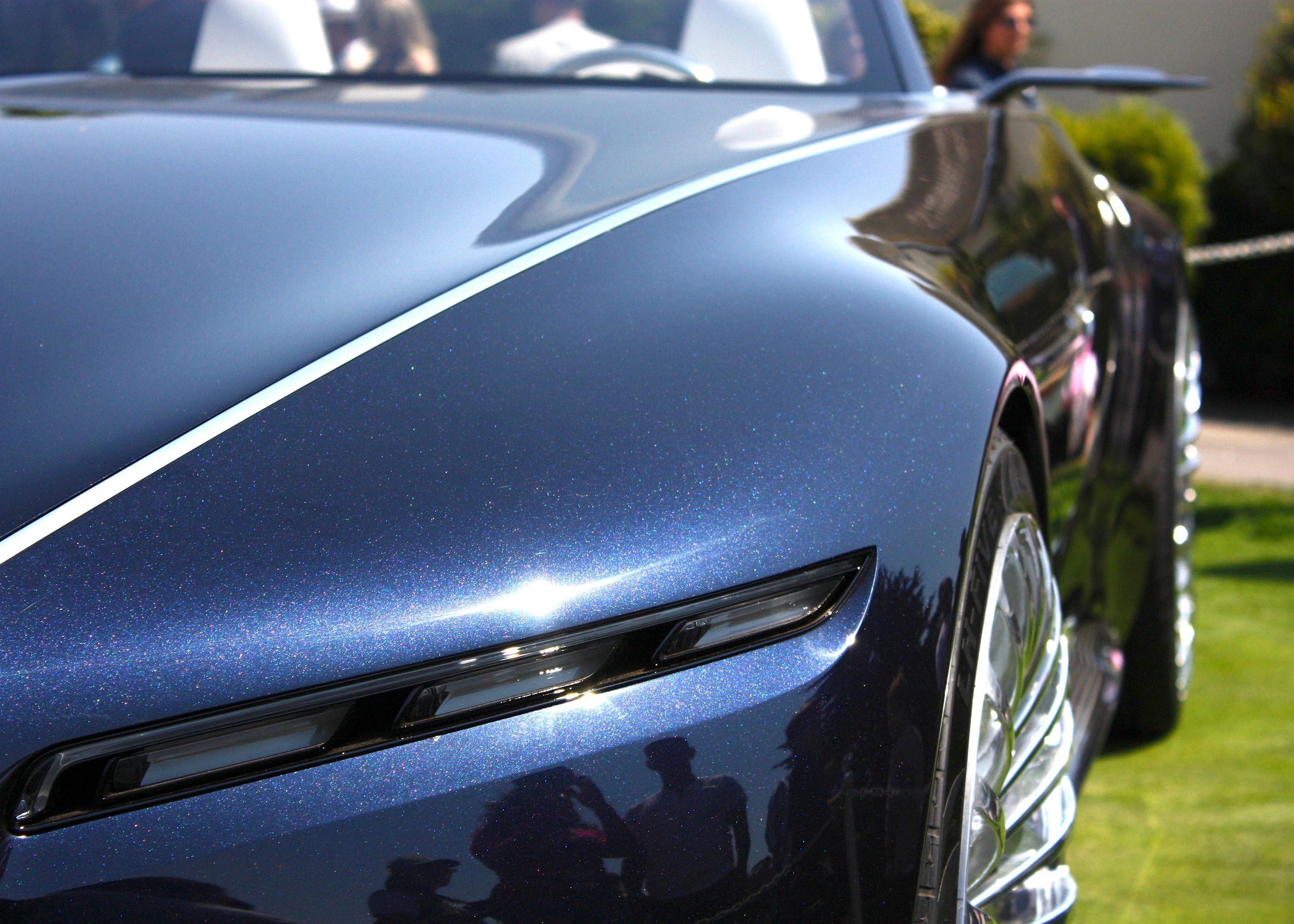
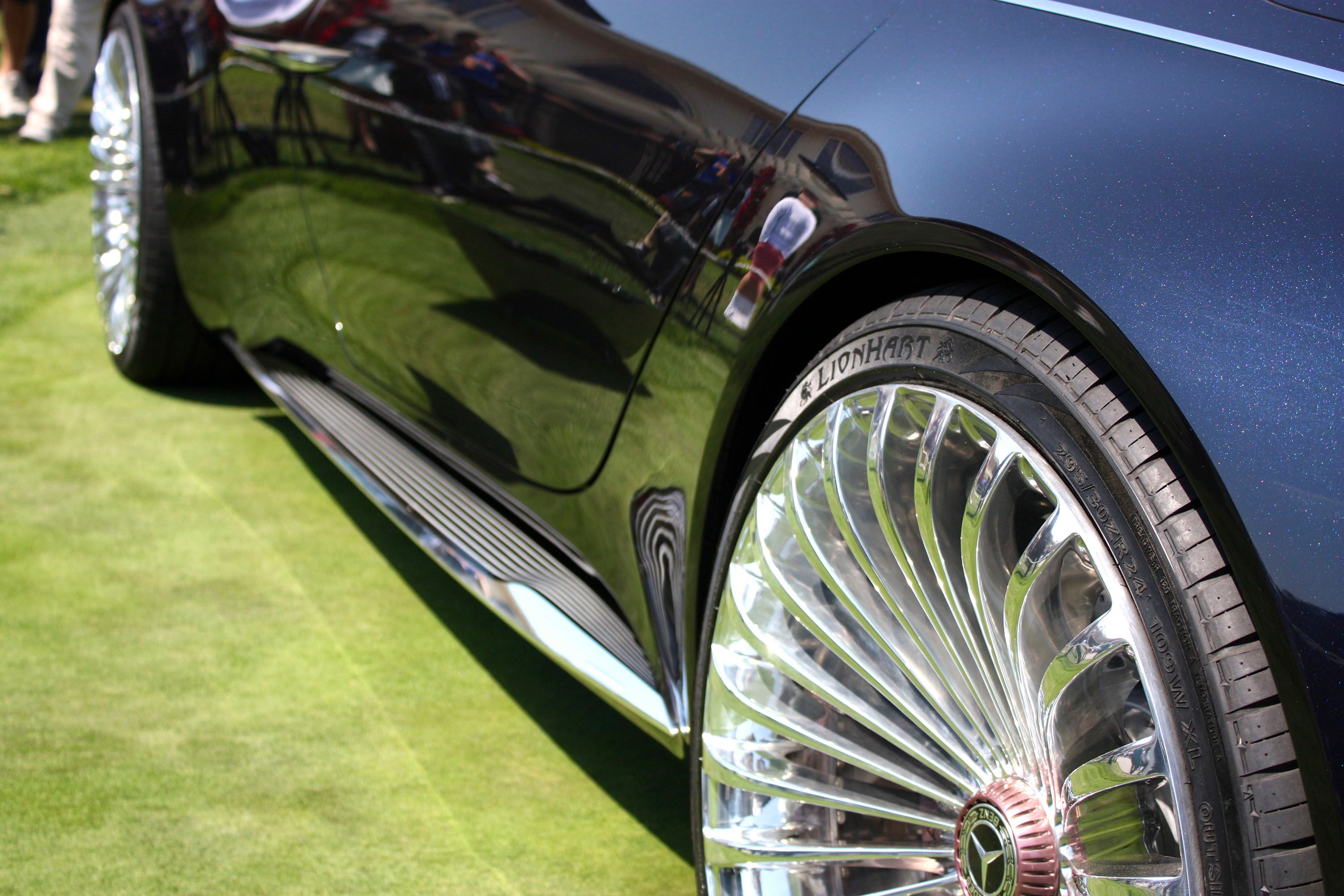
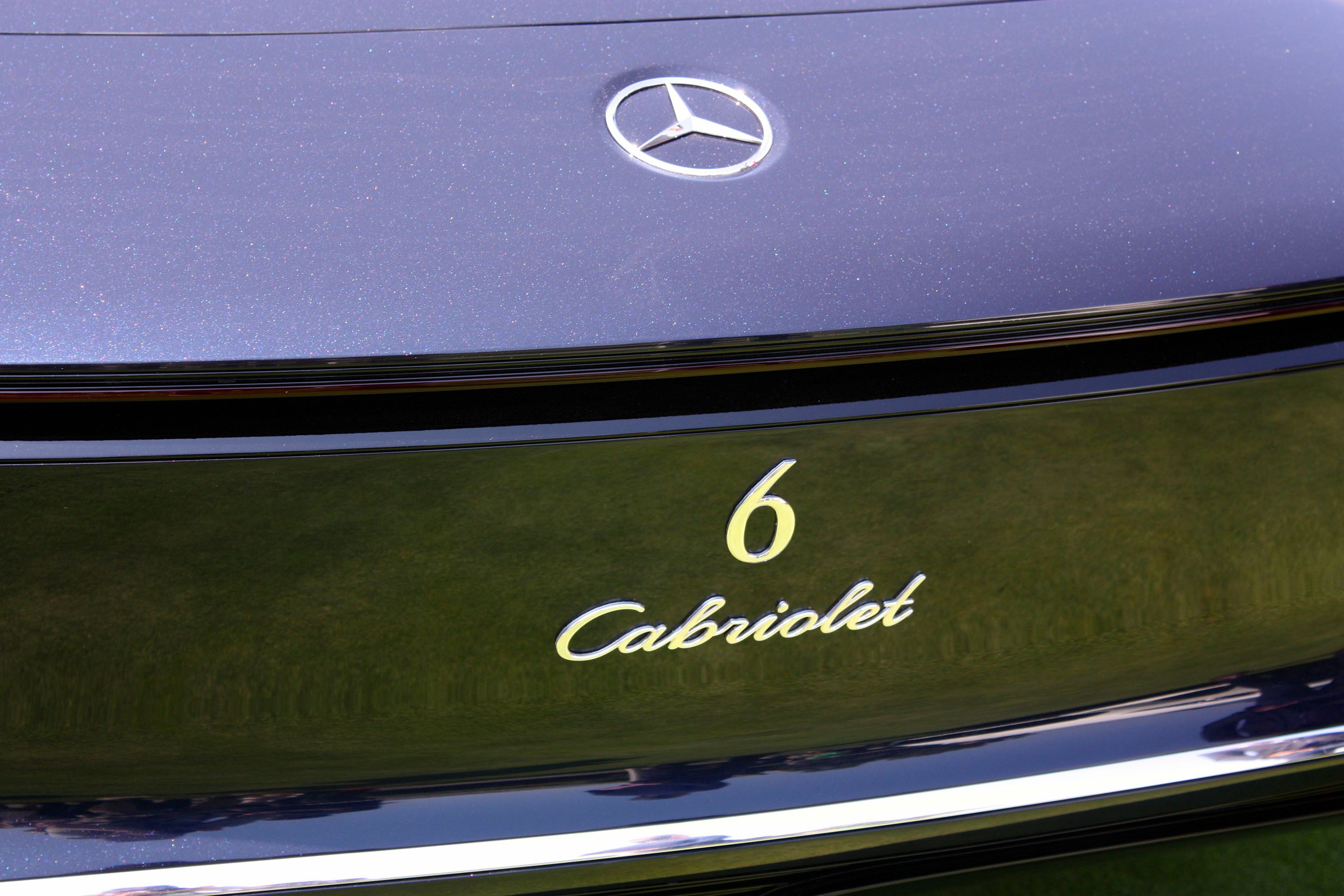
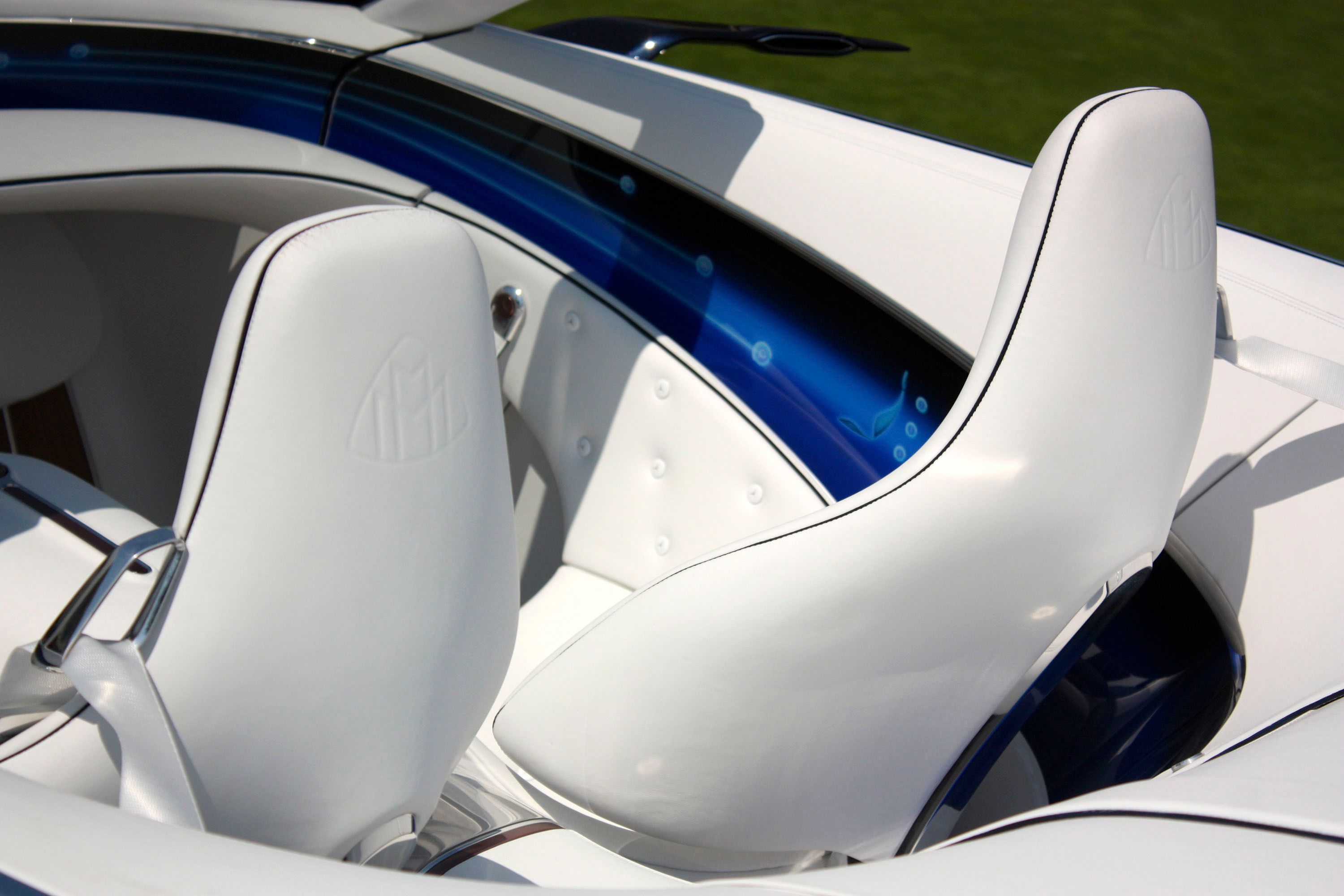
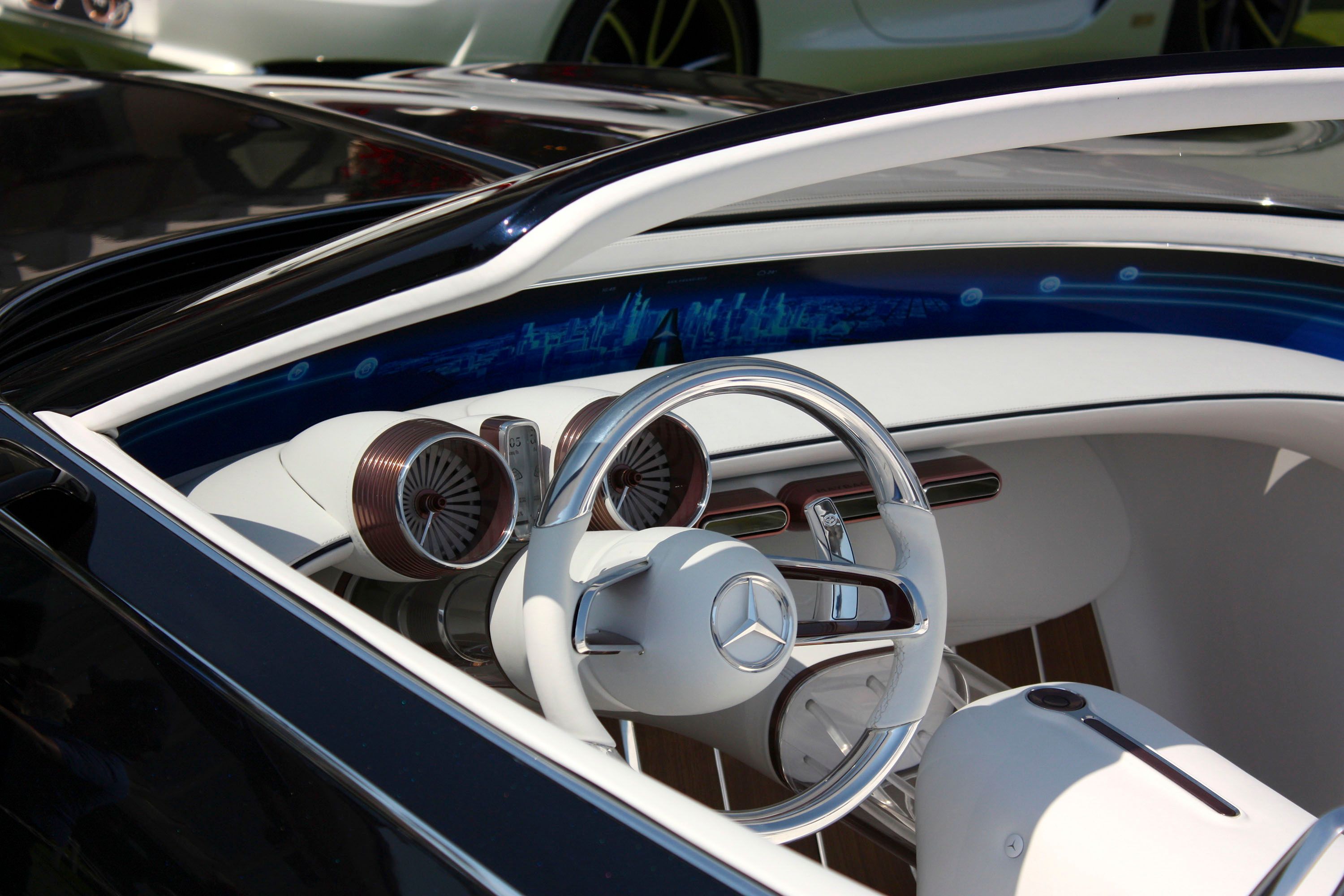
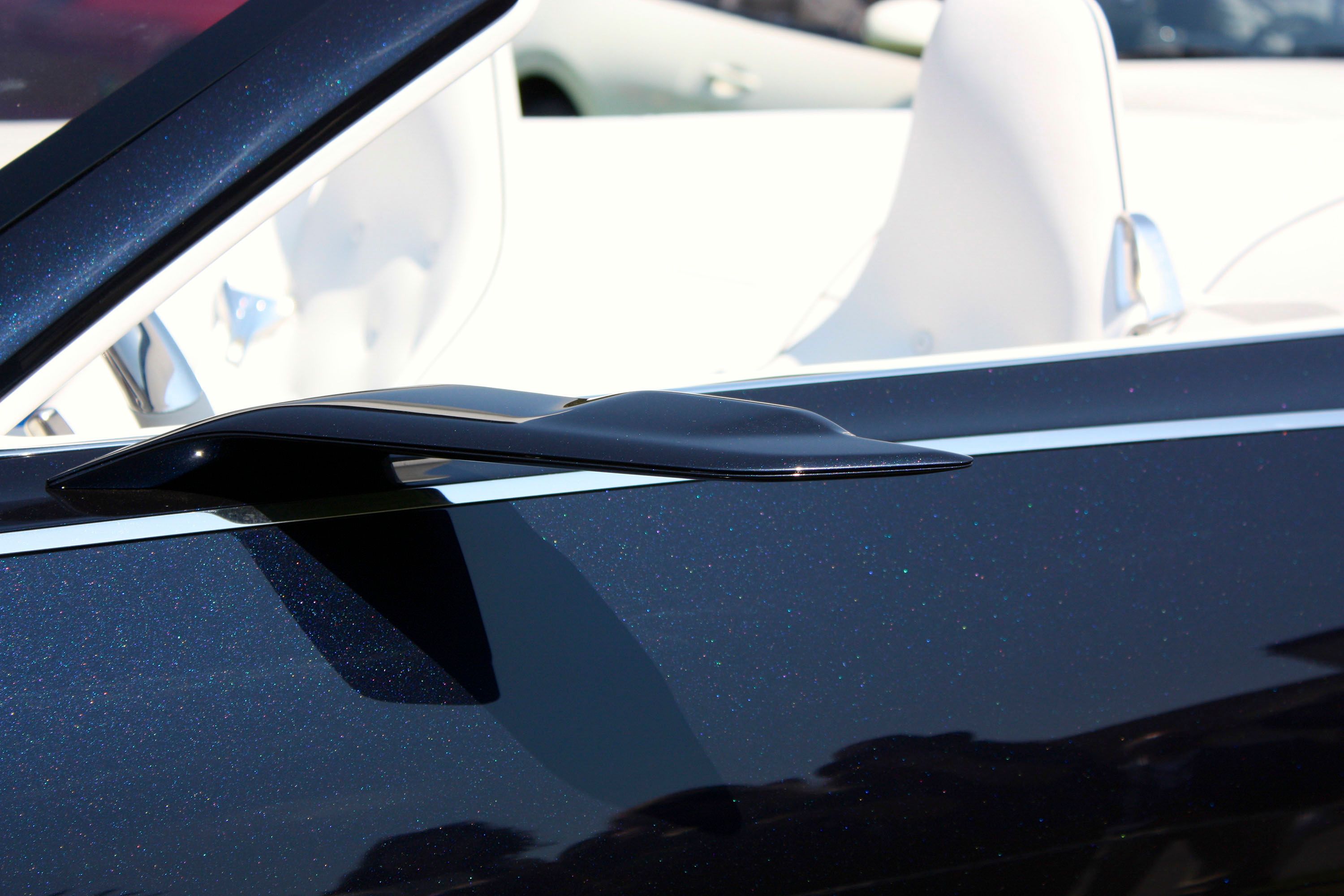
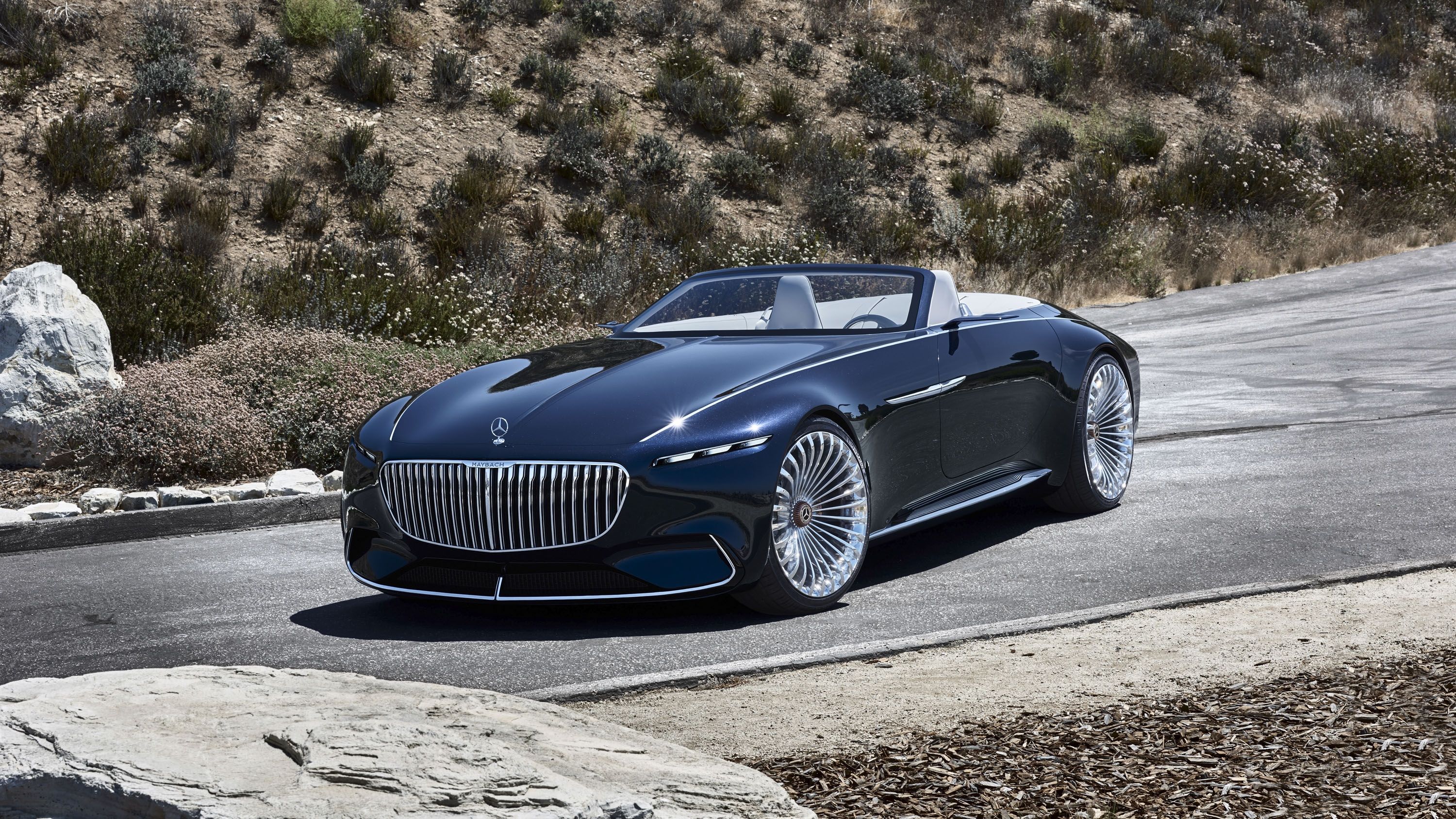
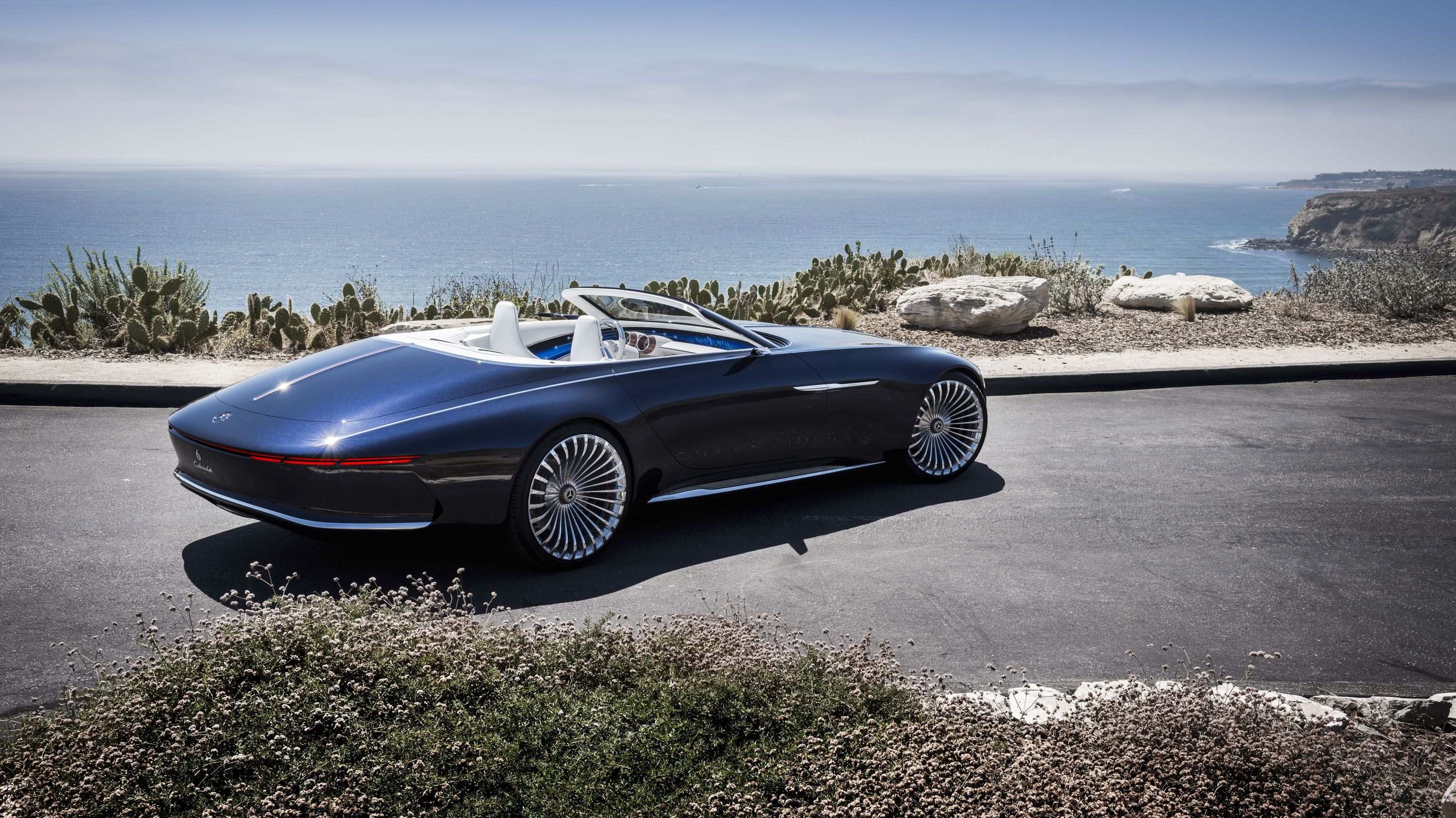
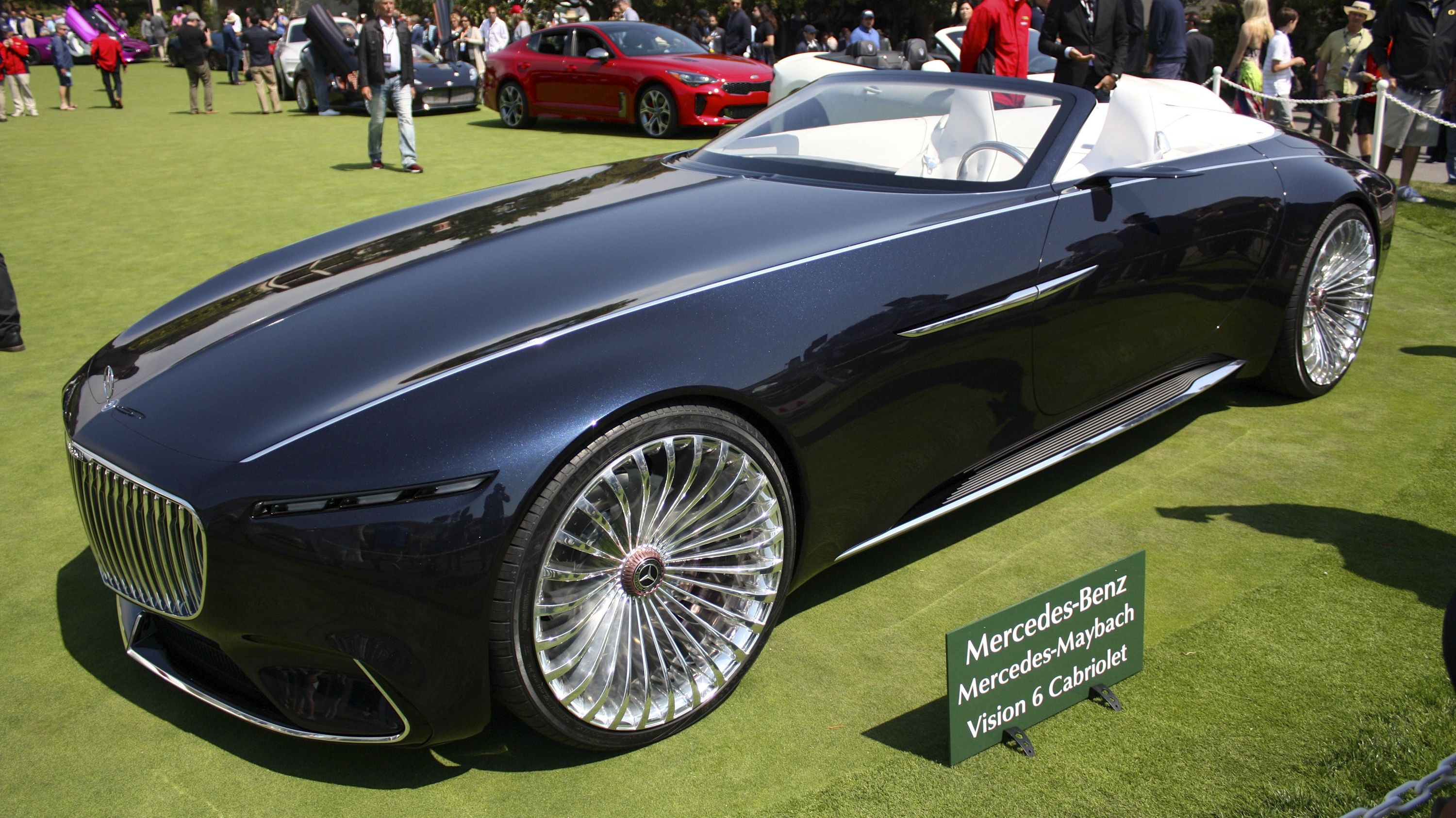
- Make: Array
- Model: 2017 Mercedes-Maybach Vision 6 Cabriolet
- [do not use] Vehicle Model: Array
Official video
Exterior

Just like the name suggests, this concept car is the first Vision 6 without a roof. Mercedes didn't bother to change too many details for the convertible version, but it's not something I can complain about. The Vision 6 is darn sexy design-wise and it's six-meter-long, sleek bodywork brilliantly with the convertible layout. All told, we're looking at the same design features, including the long, arched engine hood, a rear section that blends both fastback and boat-tail designs, and extremely long doors.

|
Mercedes-Benz Vision 6 Cabriolet |
The front end is dominated by the big chrome grille with vertical slats and "Maybach" lettering at the top. The very slim headlamps with three individual LED elements are identical to the coupe, as is the sporty bumper with aggressive side vents.

Moving onto the sides, we can see the same chrome strips that run along the beltline, a feature that's reminiscent of the pre-World War II era. More chrome can be found in the side strake and the side skirts, further highlight Maybach's pre-War roots. Here where we can see the only detail that Maybach changed below the beltline. Whereas the coupe has strange, red-painted covers over the wheels, the cabriolet sports a more conventional design with multiple chrome spokes. This could be a throwback to the pre-War wire-wheel designs, but the rims look as modern as they get.

|
Mercedes-Benz Vision 6 Cabriolet |
The rear is also identical to the coupe, and as I said, the boat-tail, V-shaped decklid works great with the drop-top configuration. This design was very popular back in the 1930s, being used by a large number of luxury automakers, including Cadillac, Duesenberg, and Auburn. But as much as I like it, I have strong doubts that we'll ever see a production model with a boat-tail rear end. Unless Maybach wants to go wild and produce something unique, the production version will probably have a more conventional rear fascia.
Interior

While the exterior of the Vision 6 Cabriolet is identical to the coupe save for the wheels and the roof, the cabin boasts several modifications. For instance, the transparent, floating section of the center console that showcases the drivetrain's electrical energy flow is shorter in this car. This is due to the revised dashboard, which covers some of that area just under what seem to be three A/C vents. These vents are also unique to this car, as they are nowhere to be found in the coupe.
The dashboard is also significantly different. While it stil has the massive, wrap-around display that extends into the door panels and then behind the seats, the center section is thinner and looks less futuristic. To be honest, I like this layout more, as it gives the car a more elegant look. The steering wheel appears to be same save for the chrome rim, while the instrument dials look like airplate turbines when not in use.

The floor has also been redesigned. While the coupe had a simple layout that blended in with the lower dashboard, the cabriolet looks more like a luxury yacht, with wooden boards separated by aluminum trim. Pretty fancy. Naturally, the convertible layout also brings a new decklid, which in this case is wrapped in the same material as the door panels. The white upholstery and the blue ambient lighting and detailing provide a striking contrast.

|
Mercedes-Benz Vision 6 Cabriolet |
Speaking of materials, Maybach used quilted Nappa leather made with a special luxury technique, open-pore wood, and aluminum. When it comes to technology, it has touch-only controls and intelligent navigation linked to an appointment calendar, as well as "the latest generation of biometric sensors record the state of mind and health status of the passengers.
Drivetrain

Not surprisingly, the Vision 6 Cabriolet uses the same drivetrain as the coupe. The drivetrain is all electric, combining four permanent magnet synchronous electric motors and a flat battery in the underbody.
Output is rated at a whopping 550 kW (737 horsepower / 750 PS), travels to all four wheels, and enables the convertible to hit 62 mph from a standing starts in "under four seconds." Top speed is electronically limited at 155 mph, the norm for performance German cars. Mercedes claims that the Vision 6 Cabriolet is able to cover "over 200 miles" on a single charge on the EPA cycle and more than 500 km on the European NEDC cycle. That's comparable to what Tesla offers nowadays.
The concept car also features a quick-charge function that Mercedes-Benz describes as "visionary." Specifically, as a result of DC charging based on the CCS standard, the system allows an impressive charging capacity of up to 350 kW. This means that in just five minutes, enough power can be charged to achieve an additional range of around 62 miles. The battery can either be charged via a cable connection at a public charging station or a conventional domestic outlet. Also, it can be charged wirelessly via an electromagnetic field.
Sounds good, but only as long as it makes it into production in the company's upcoming models.
Conclusion

As I said in the beginning, it's a bit surprising that this new concept is actually the first Vision 6 without a top, but this could mean many things. And the most important is that Maybach is likely planning to launch a couple of flagship two-door vehicles very soon. With the brand already offering its own take on the Mercedes-Benz S-Class Cabriolet, a larger, fancier grand tourer is the next logical step. Sure, there's a chance that the Vision 6 will remain just a study, but it doesn't make much sense to showcase two body styles and then throw them in a museum. Much like the coupe, this convertible is also some kind of milestone for Maybach, being its first convertible in a very, very long time (that's not based on a Mercedes, of course). Specifically, the last drop-top Maybach was the SW42, which was launched in 1939, so we're talking about a whopping 78 years as of 2017.
References
Read our full review on the Mercedes-Maybach Vision 6.

